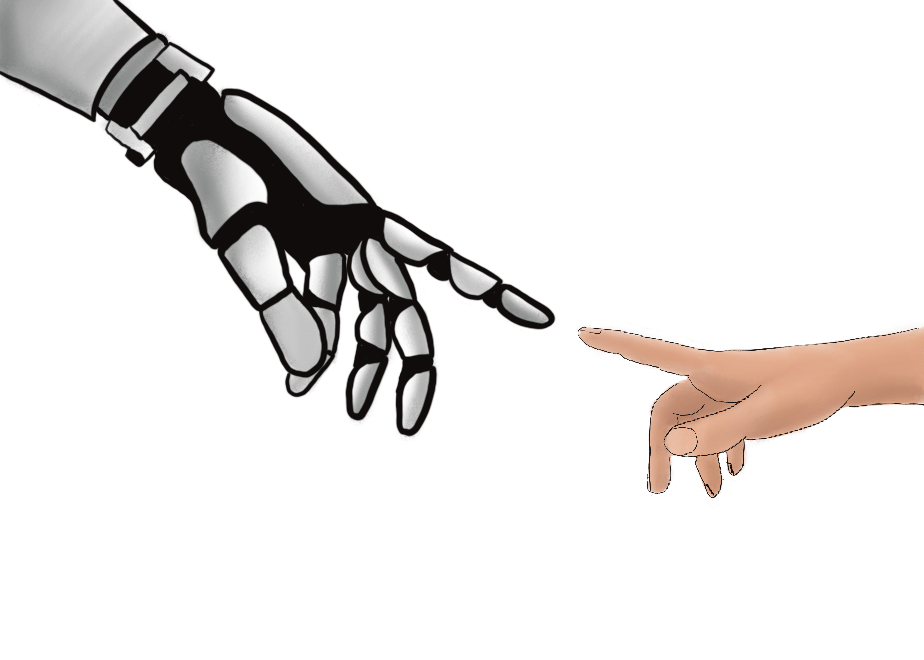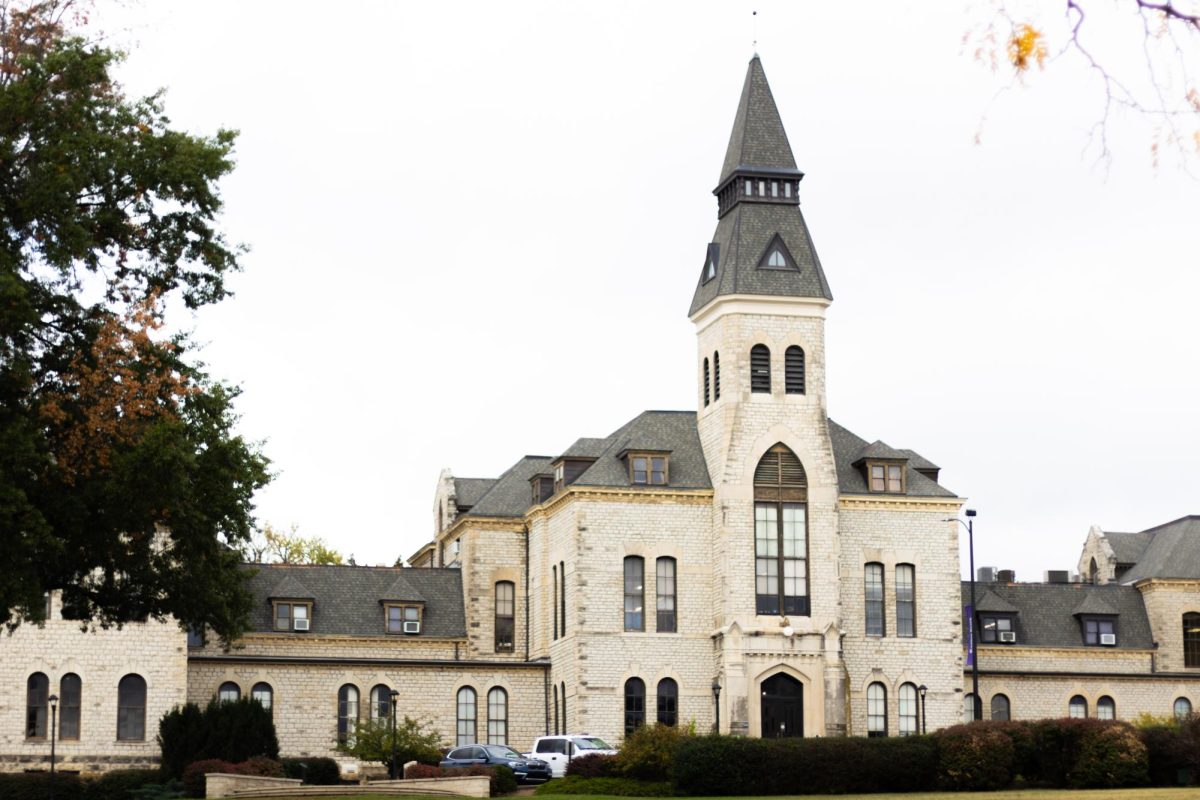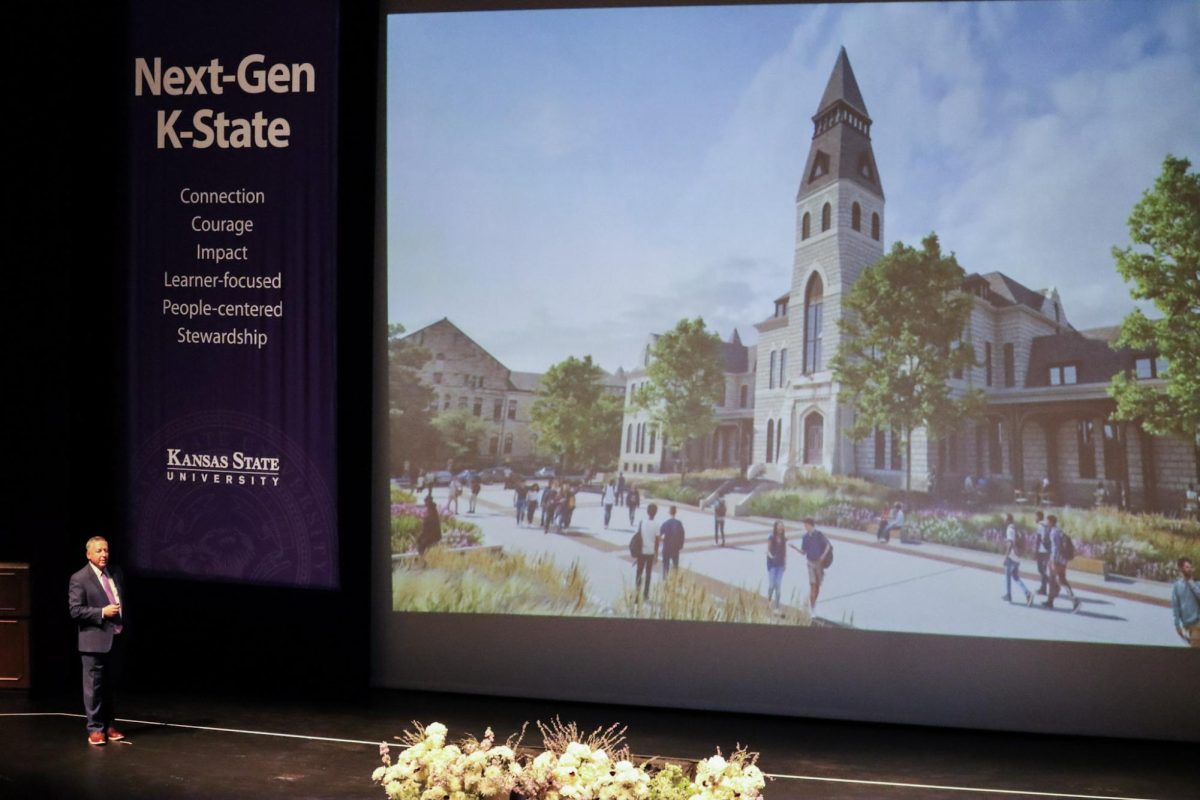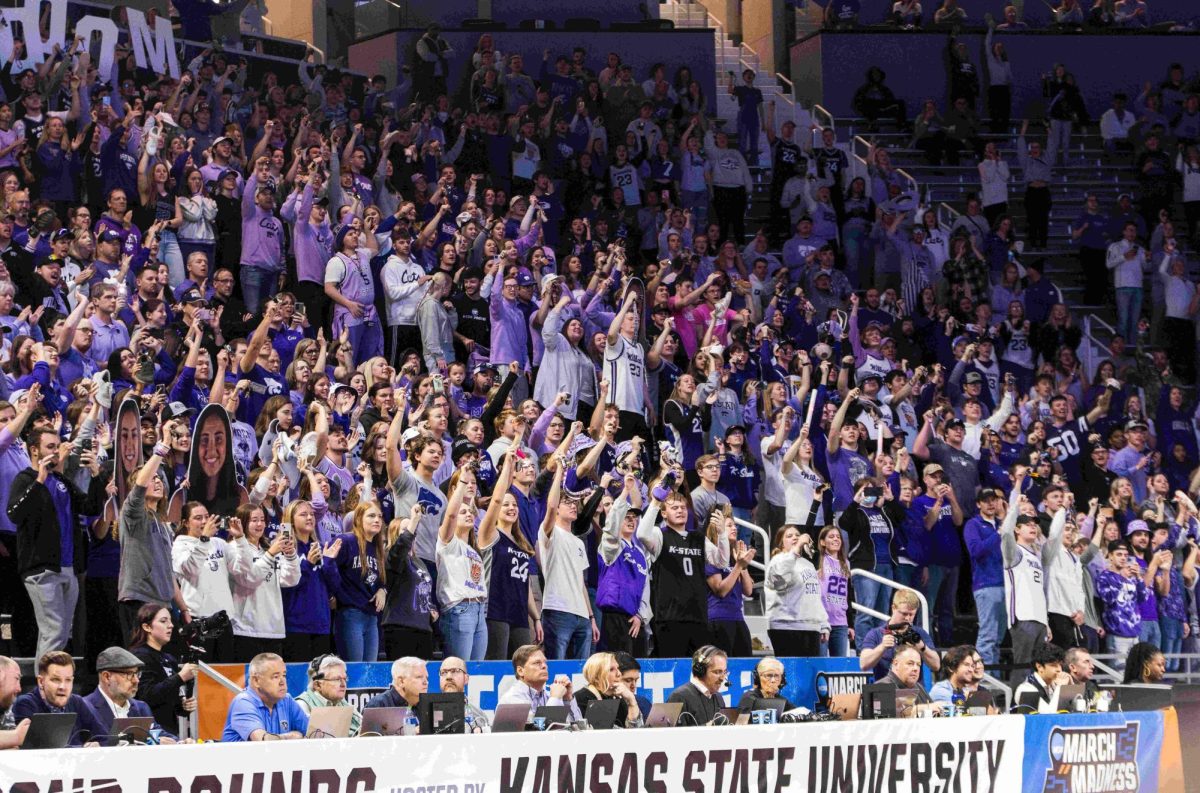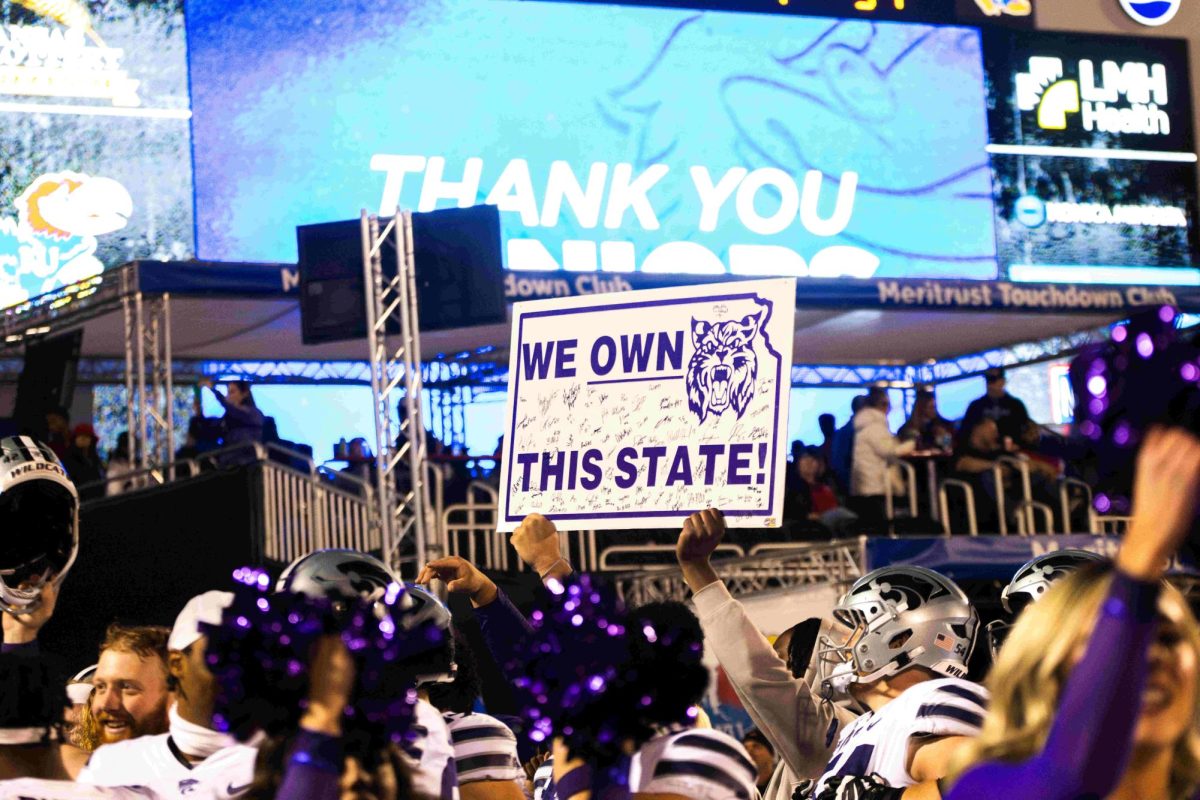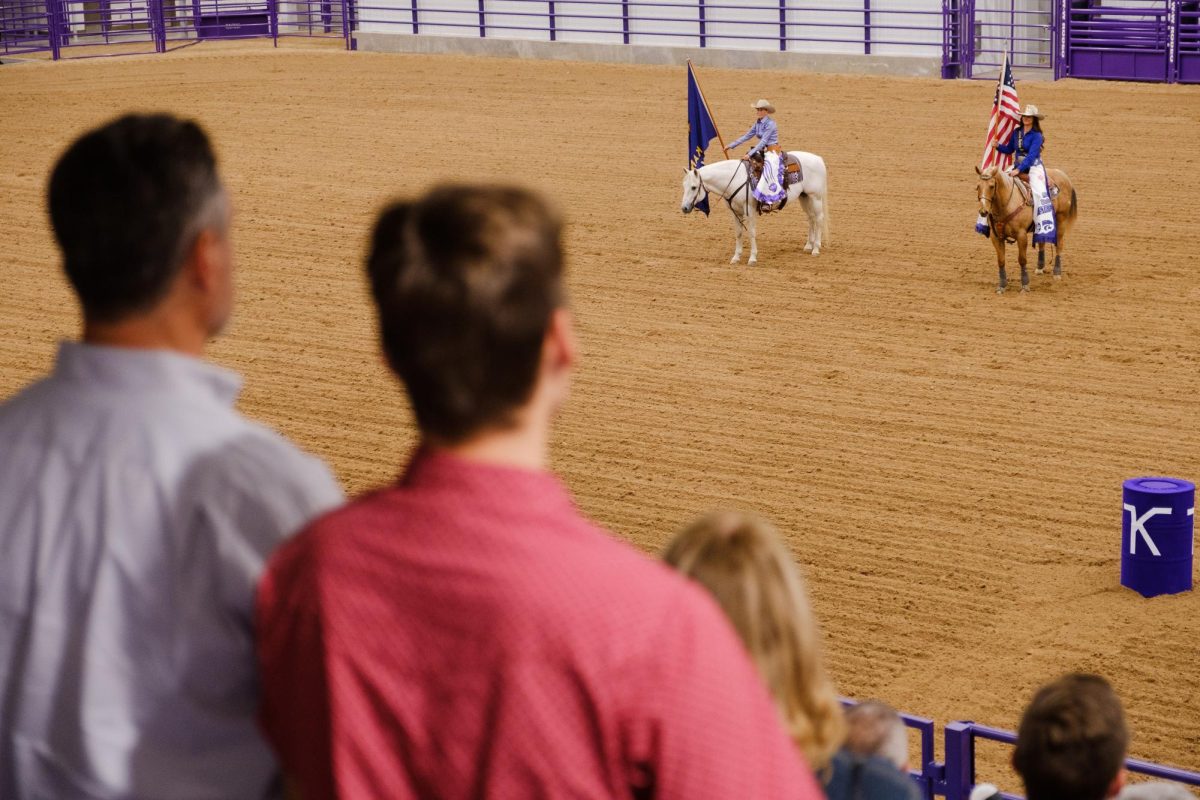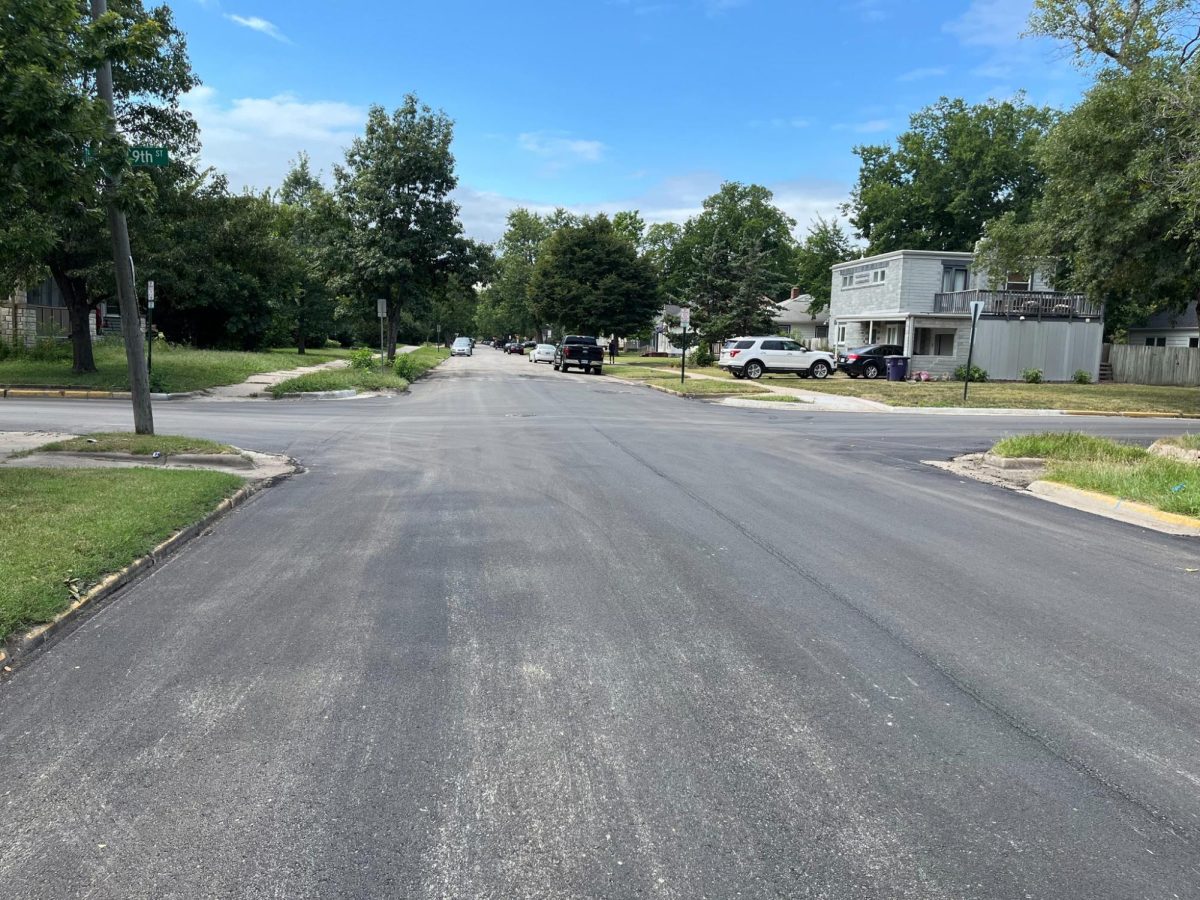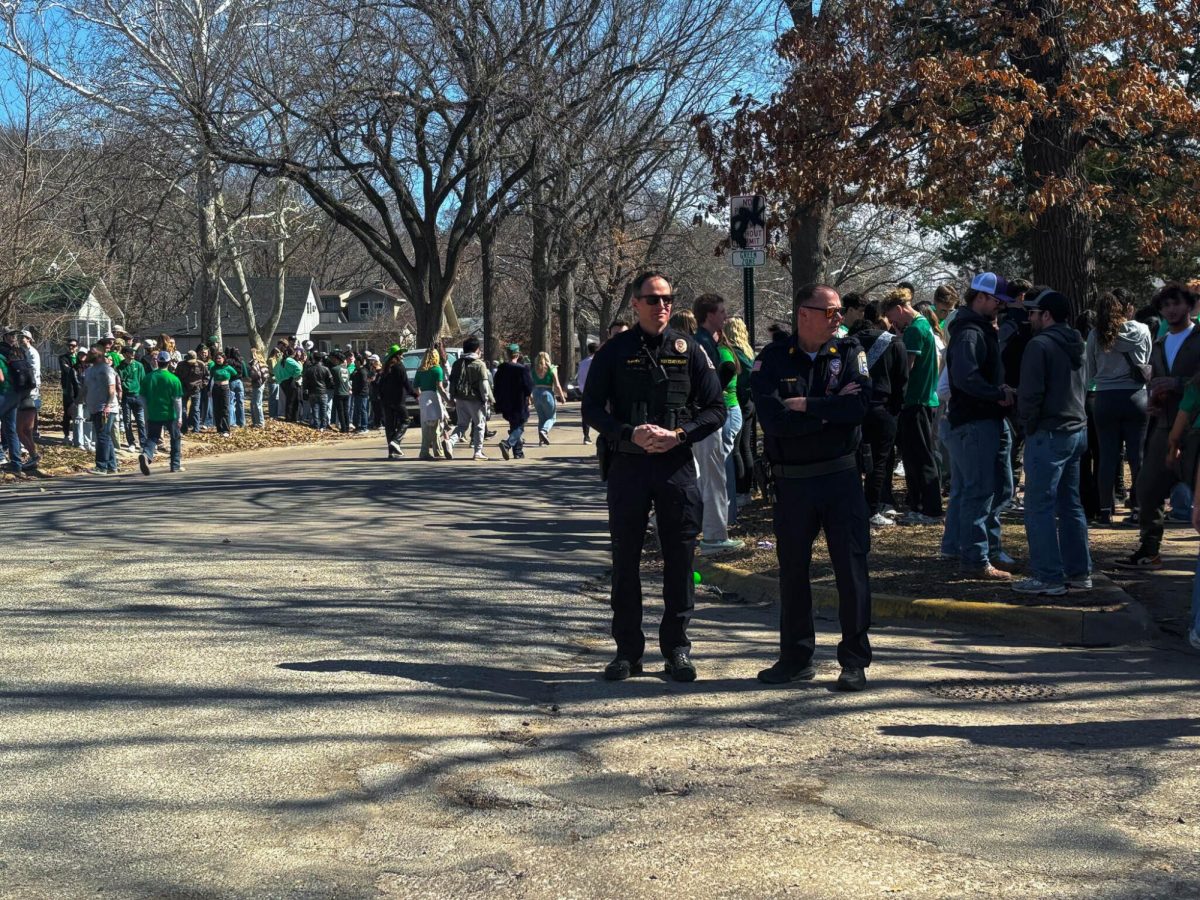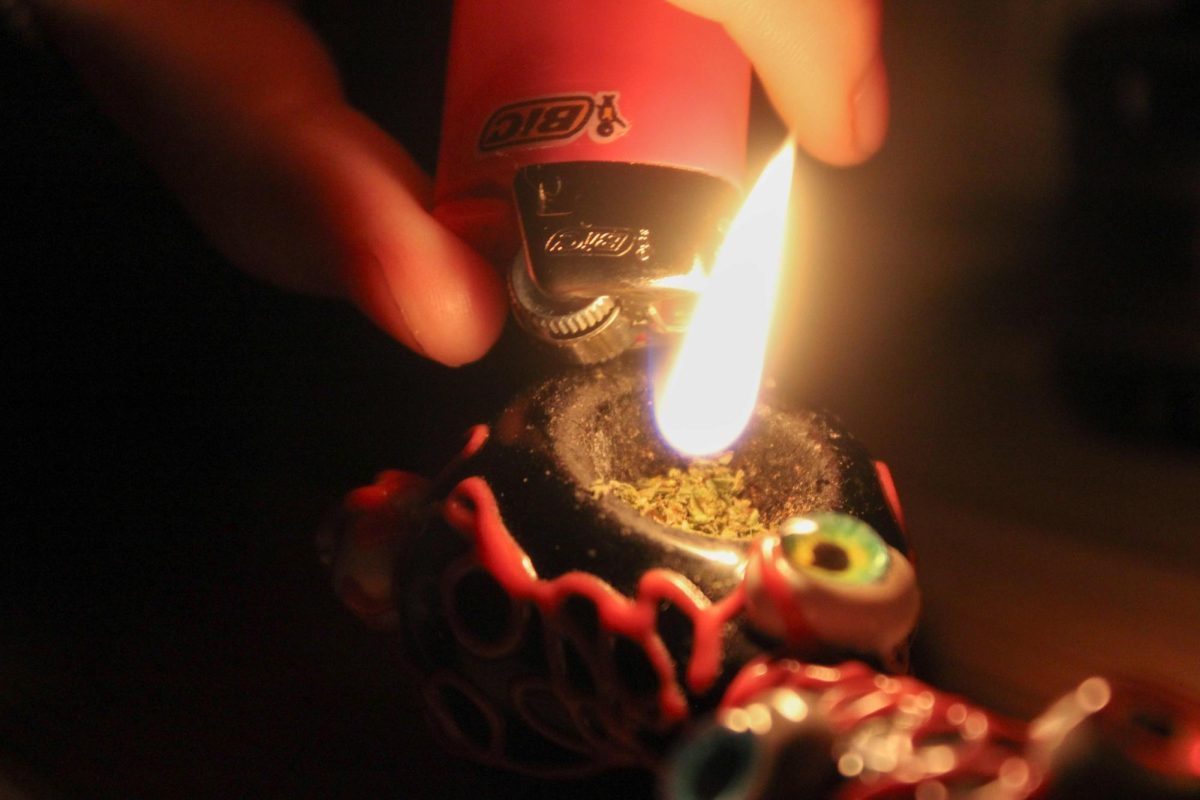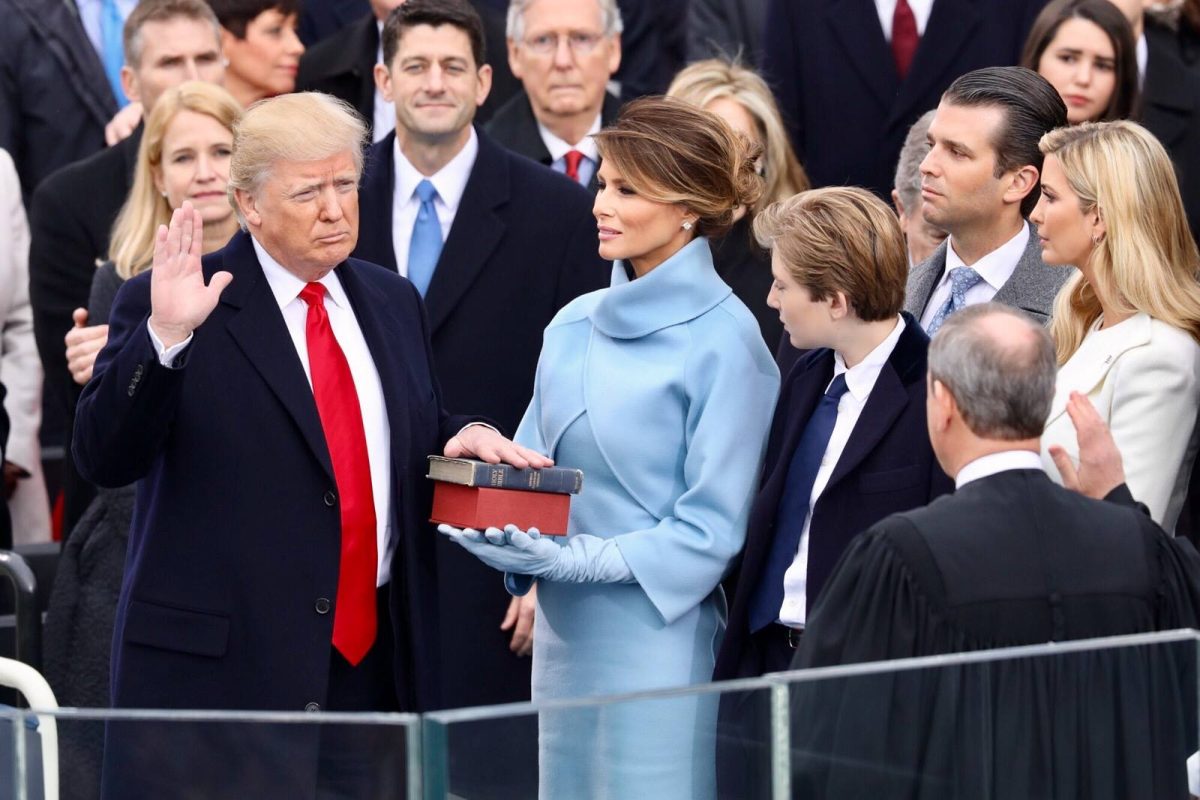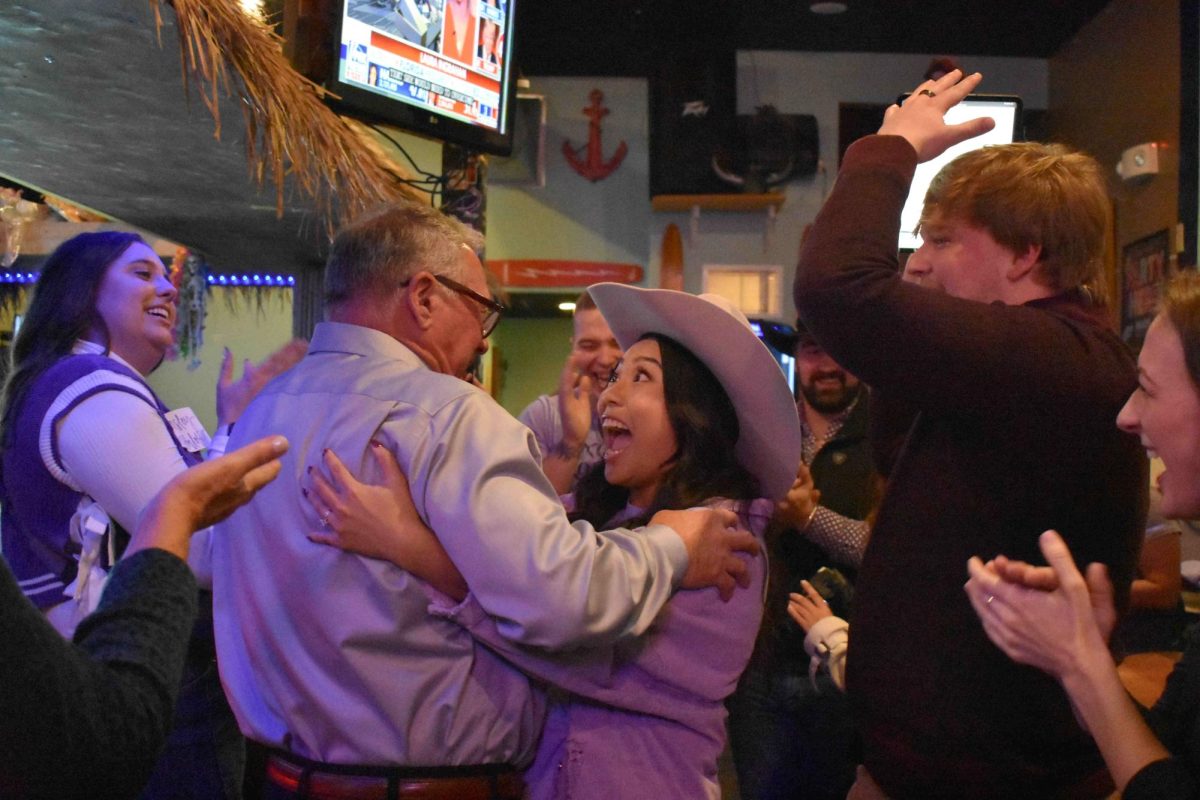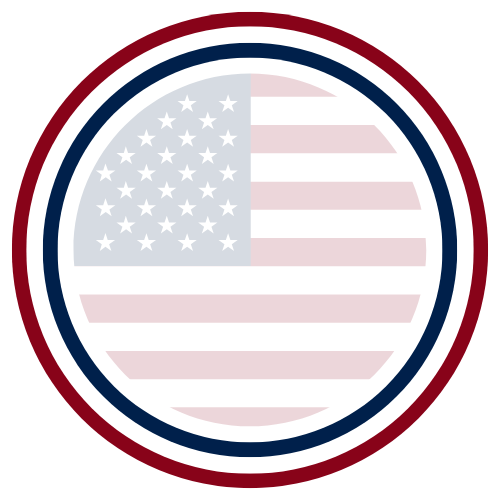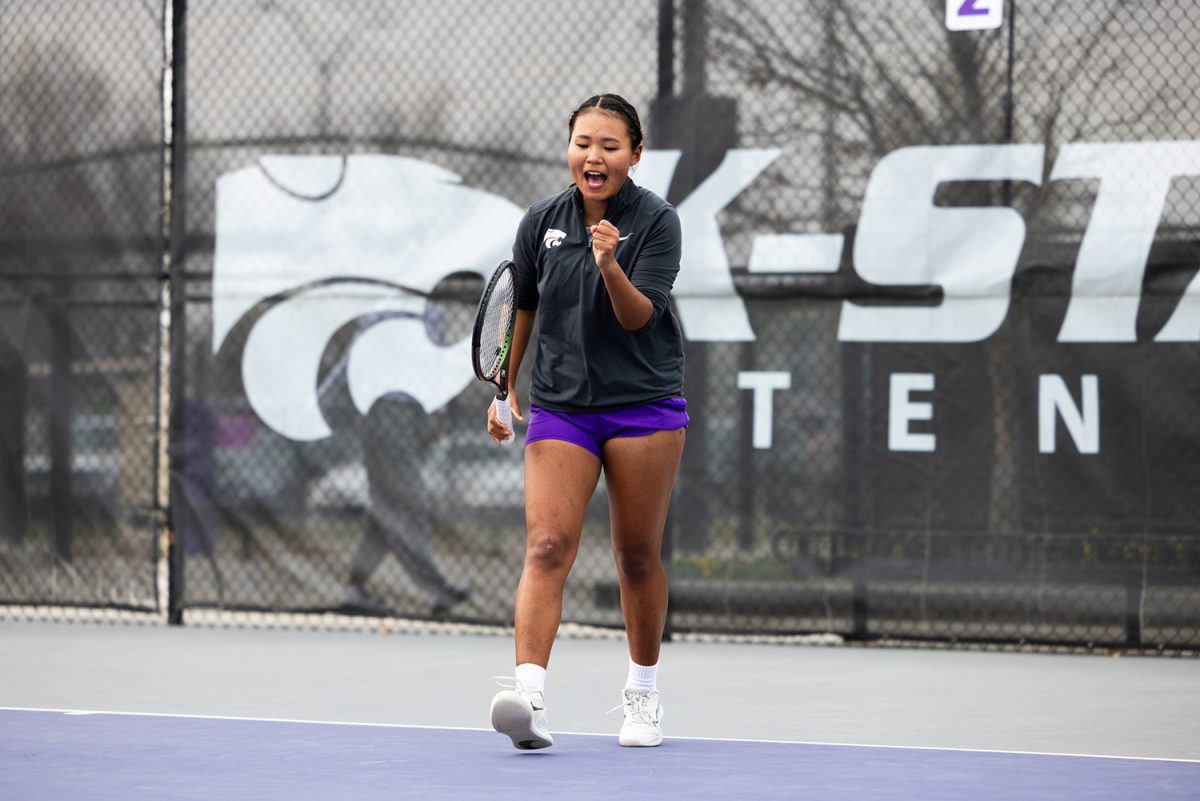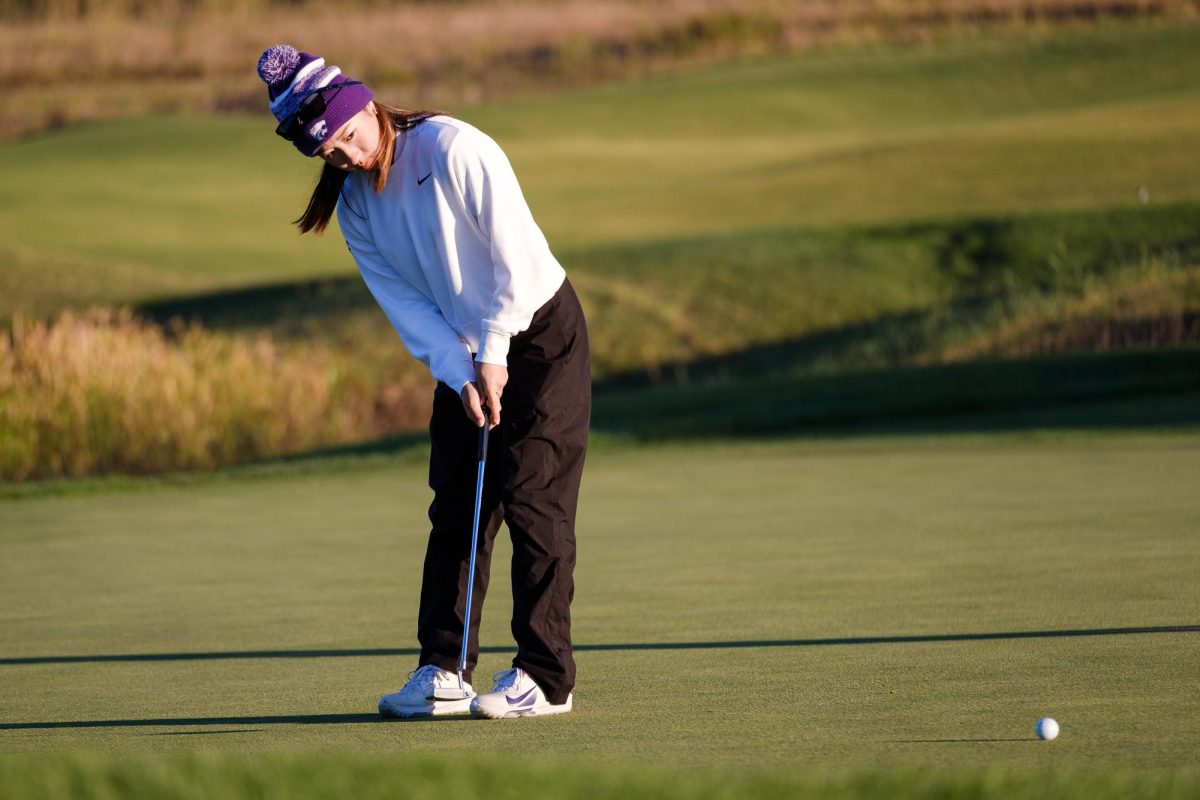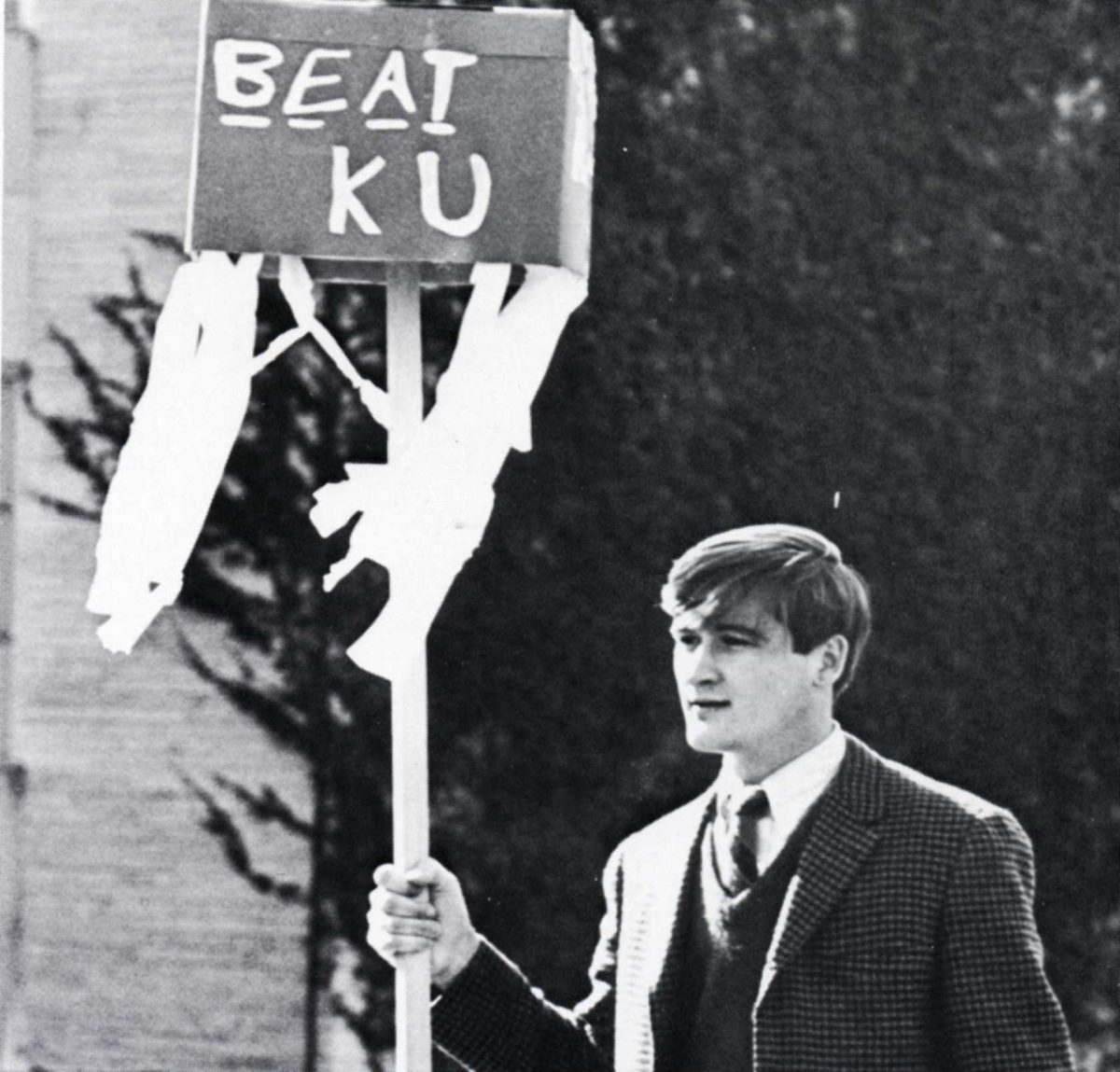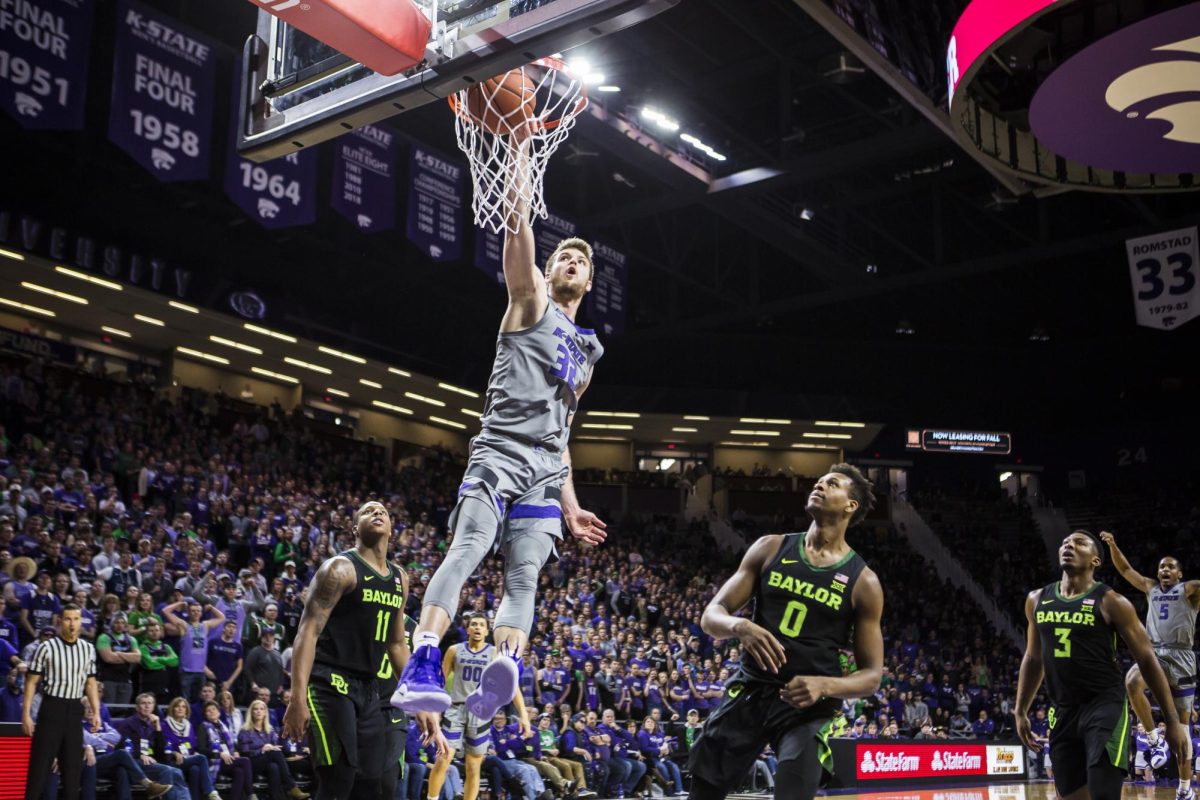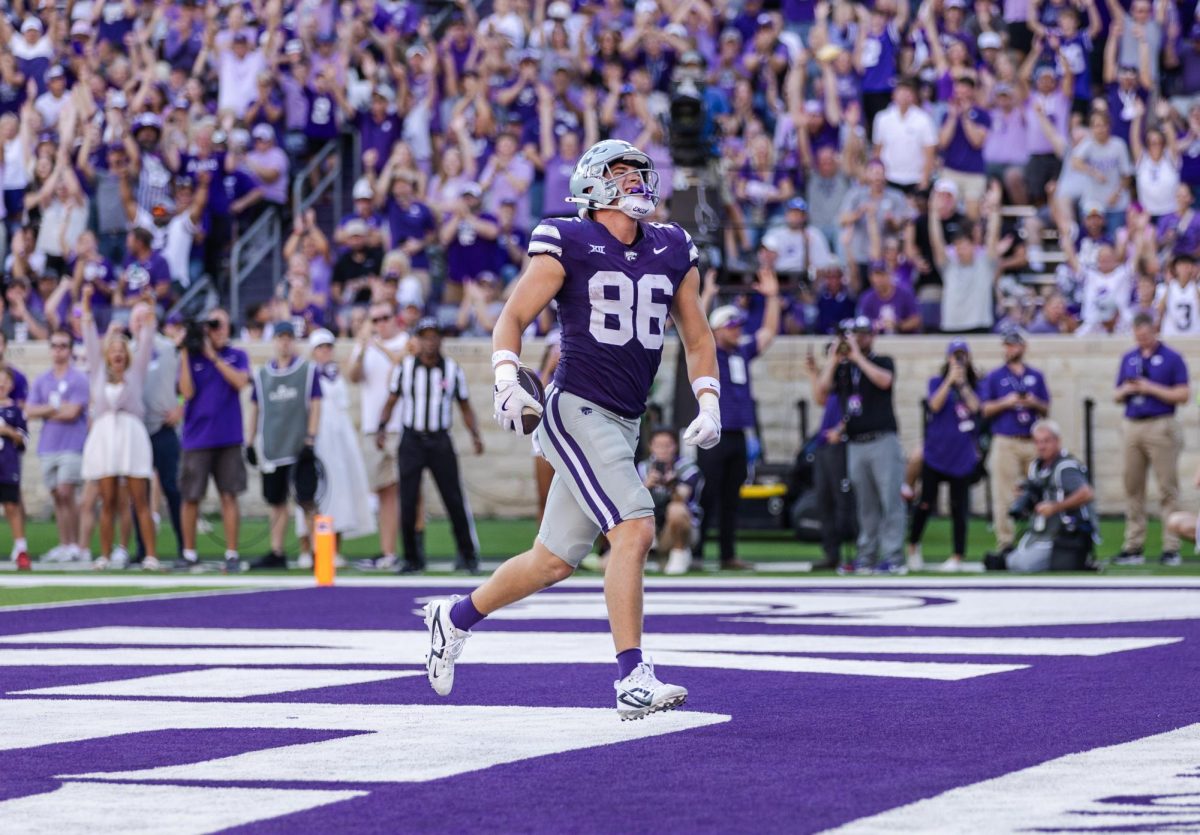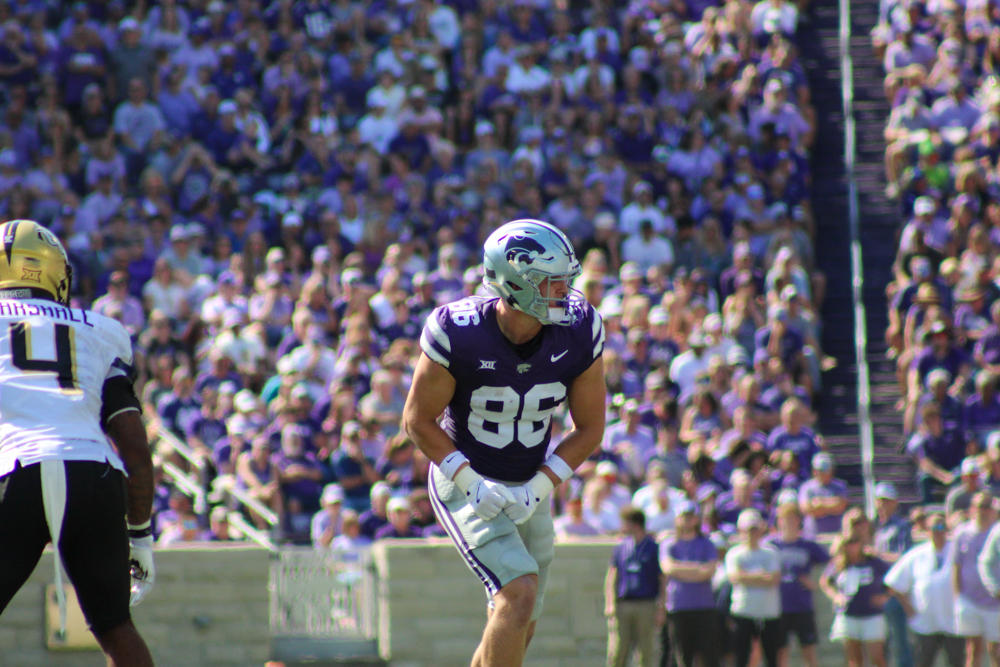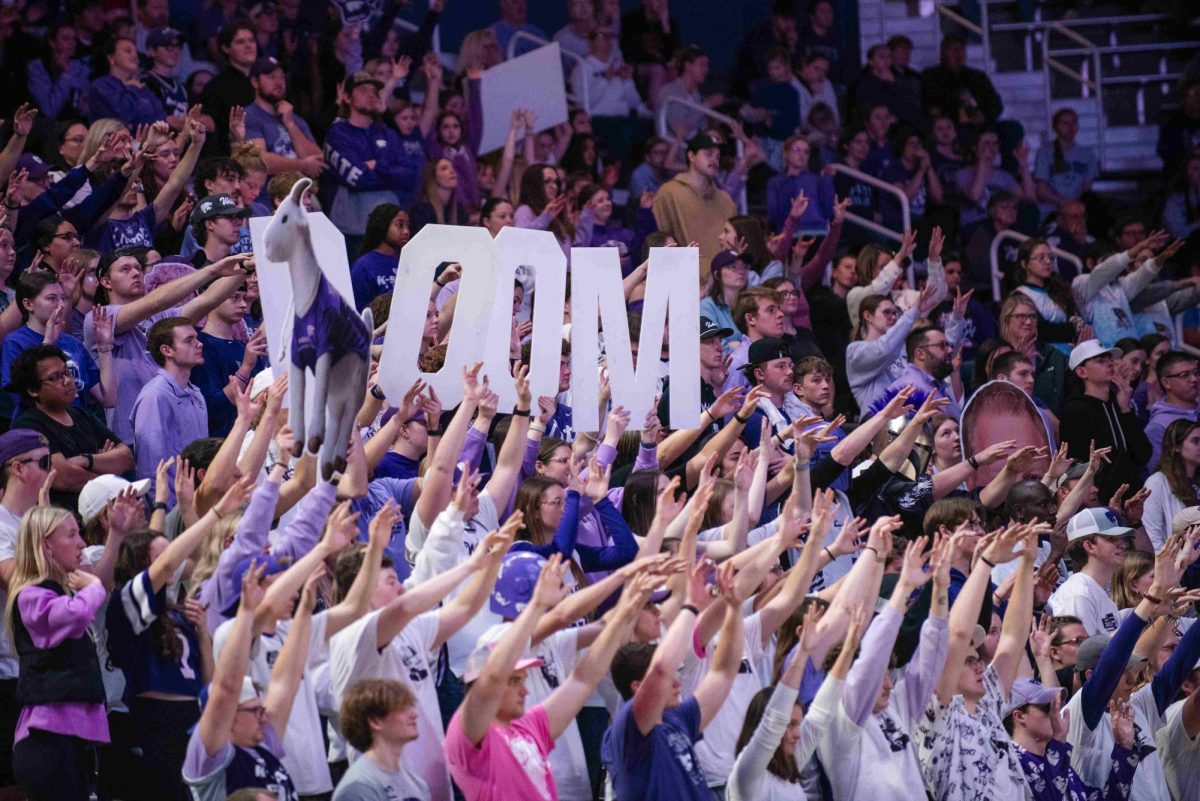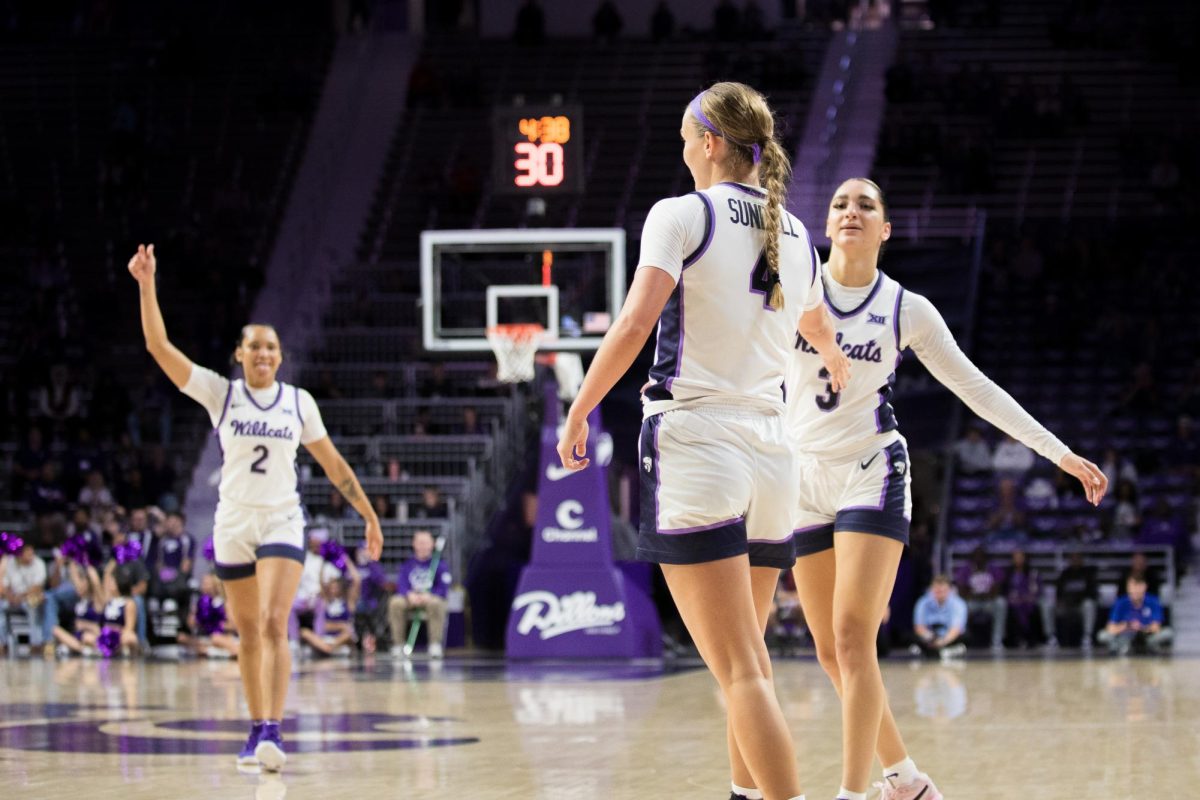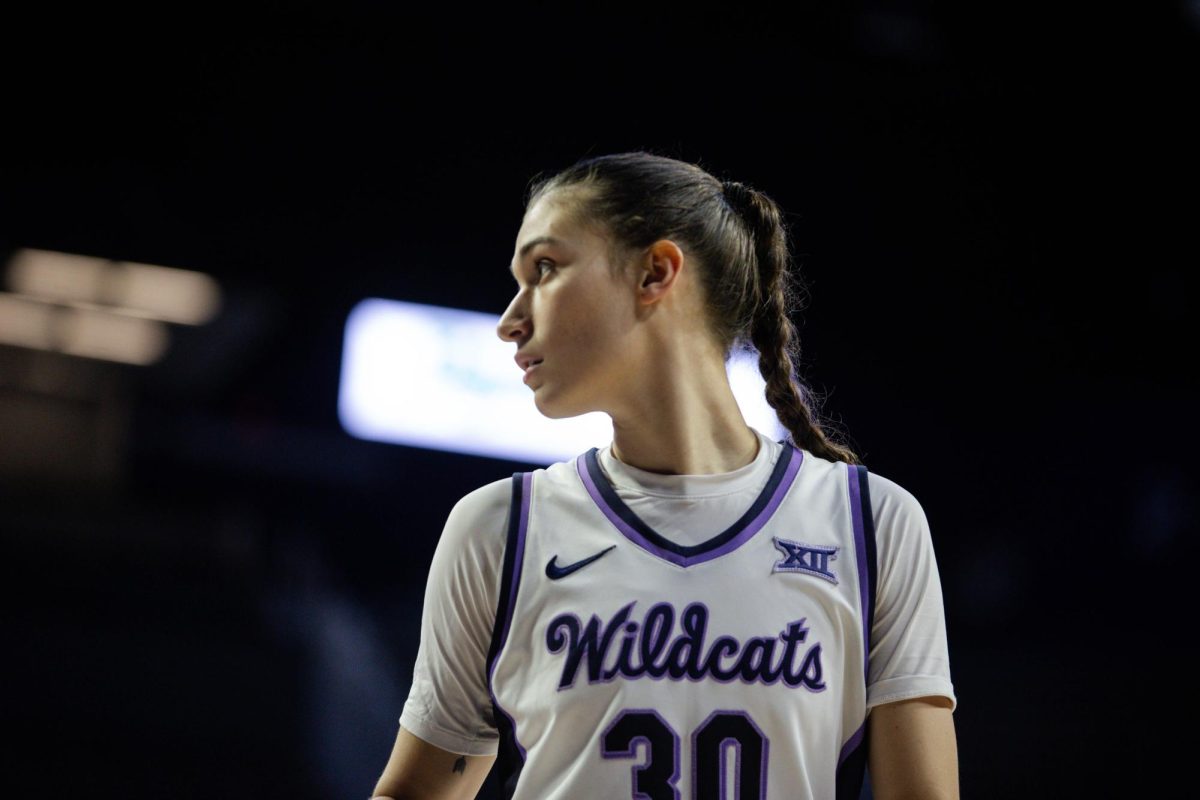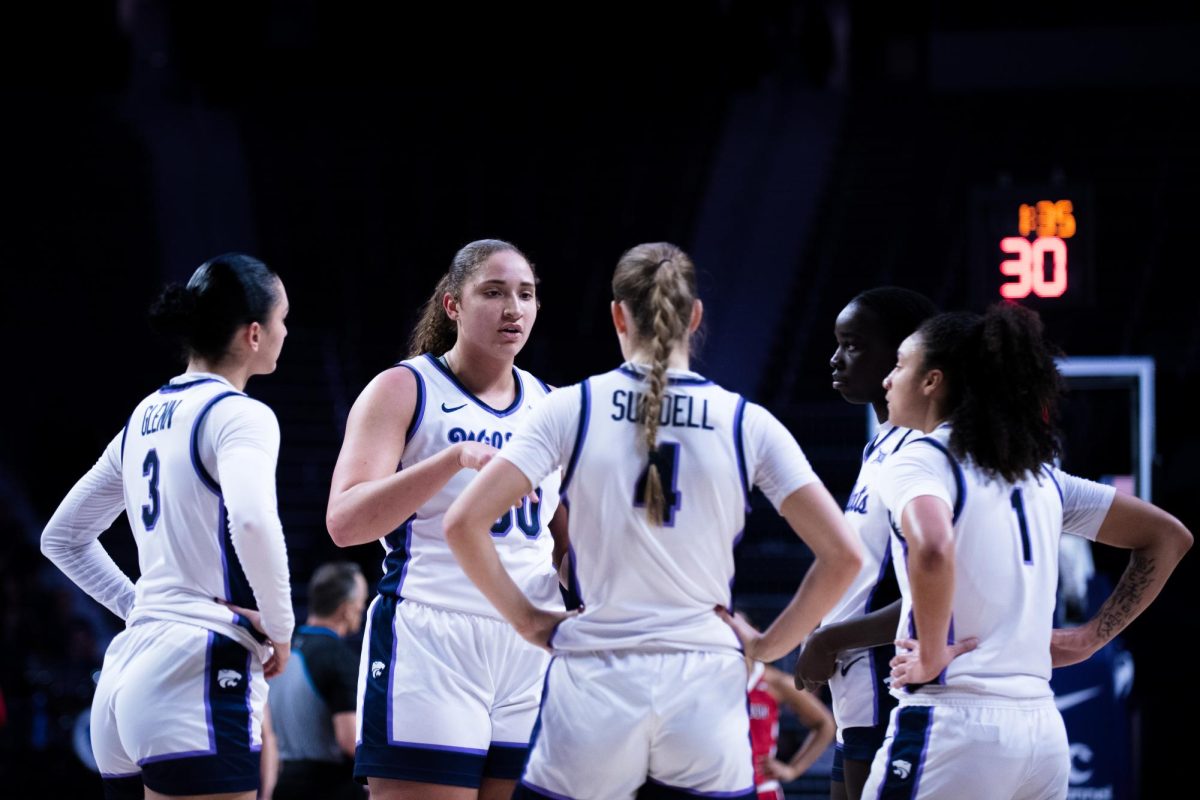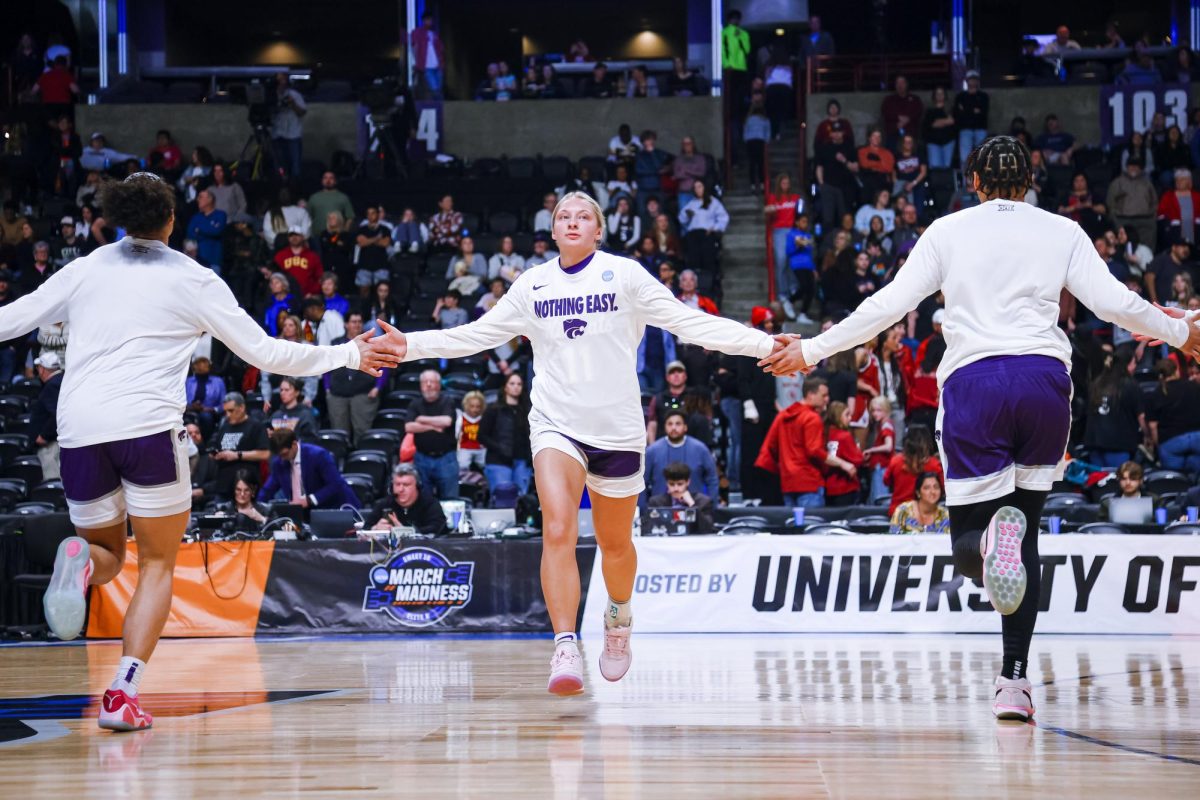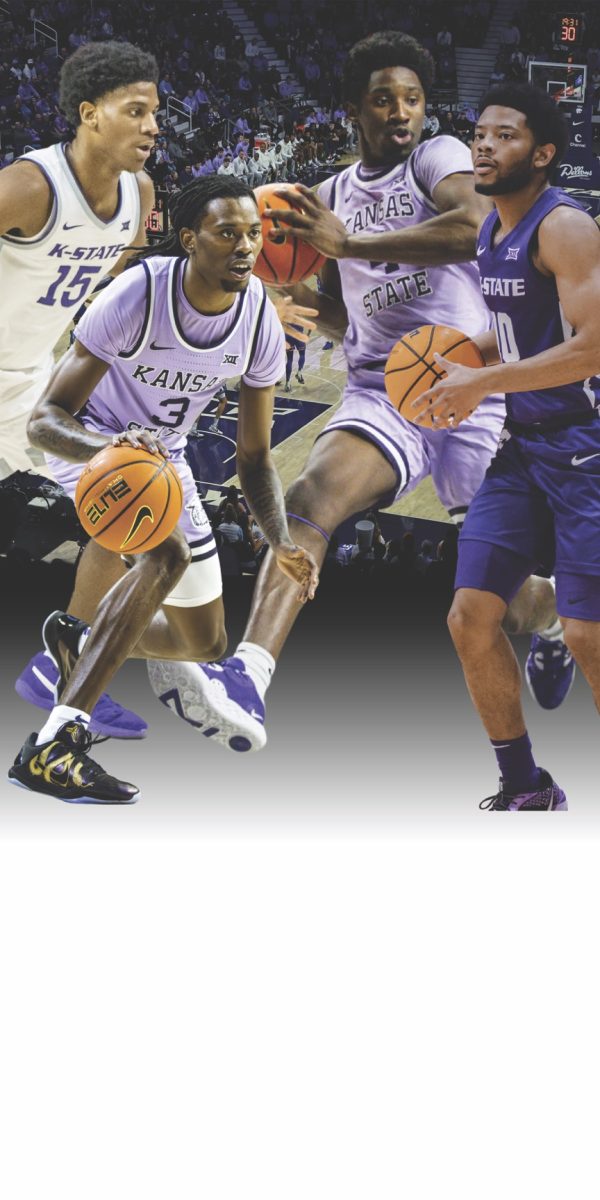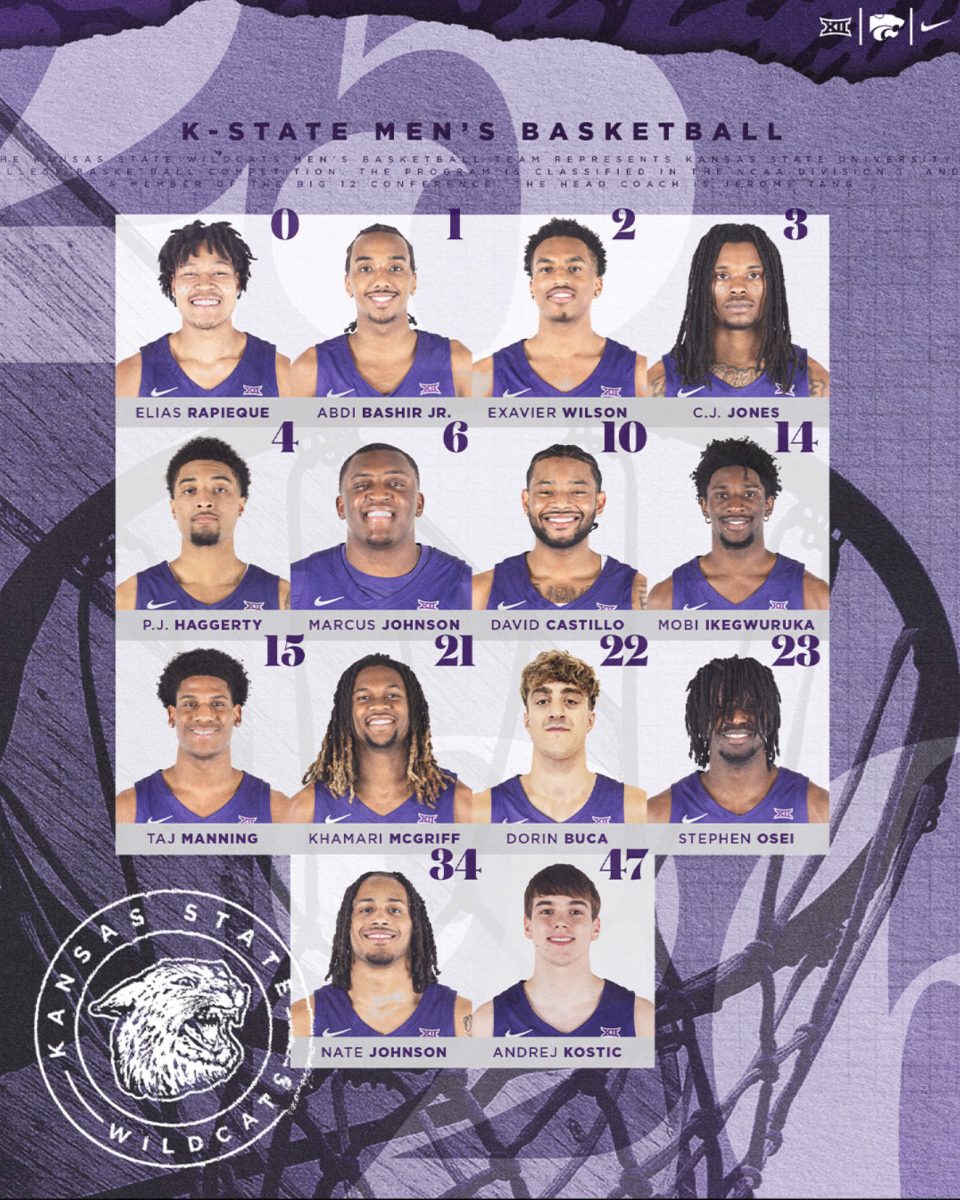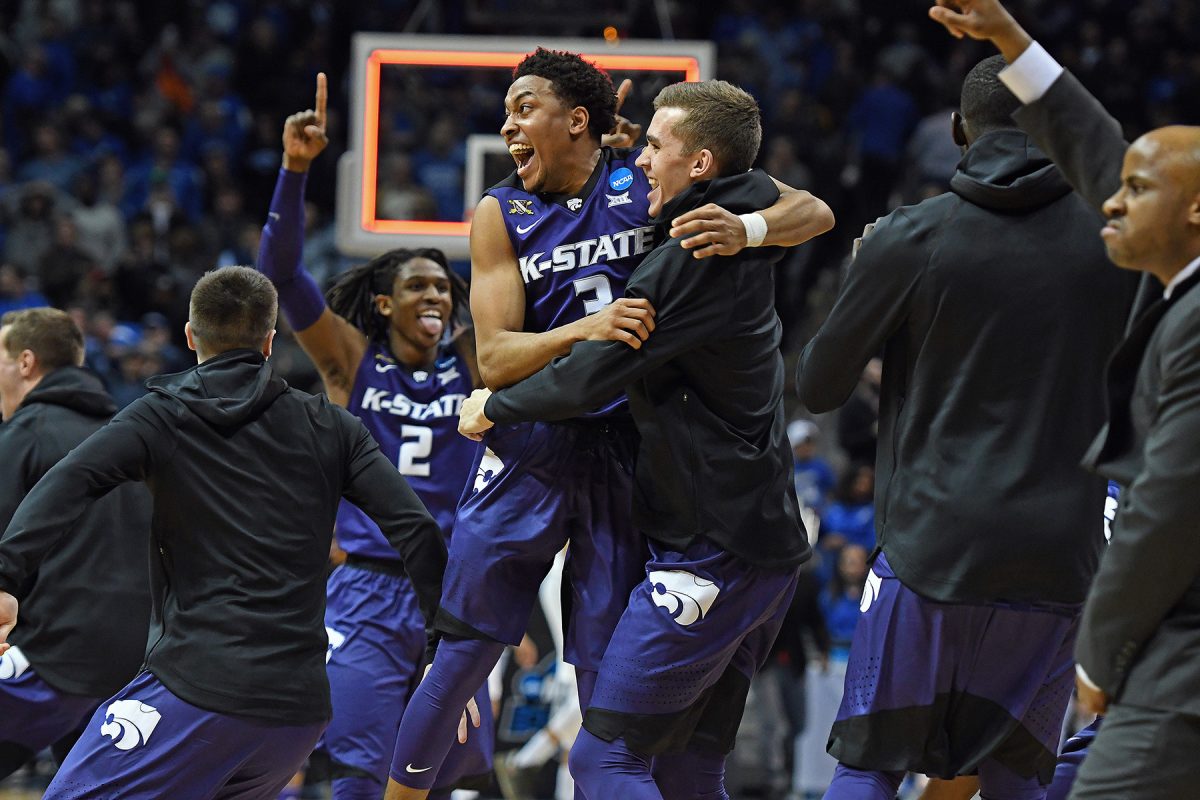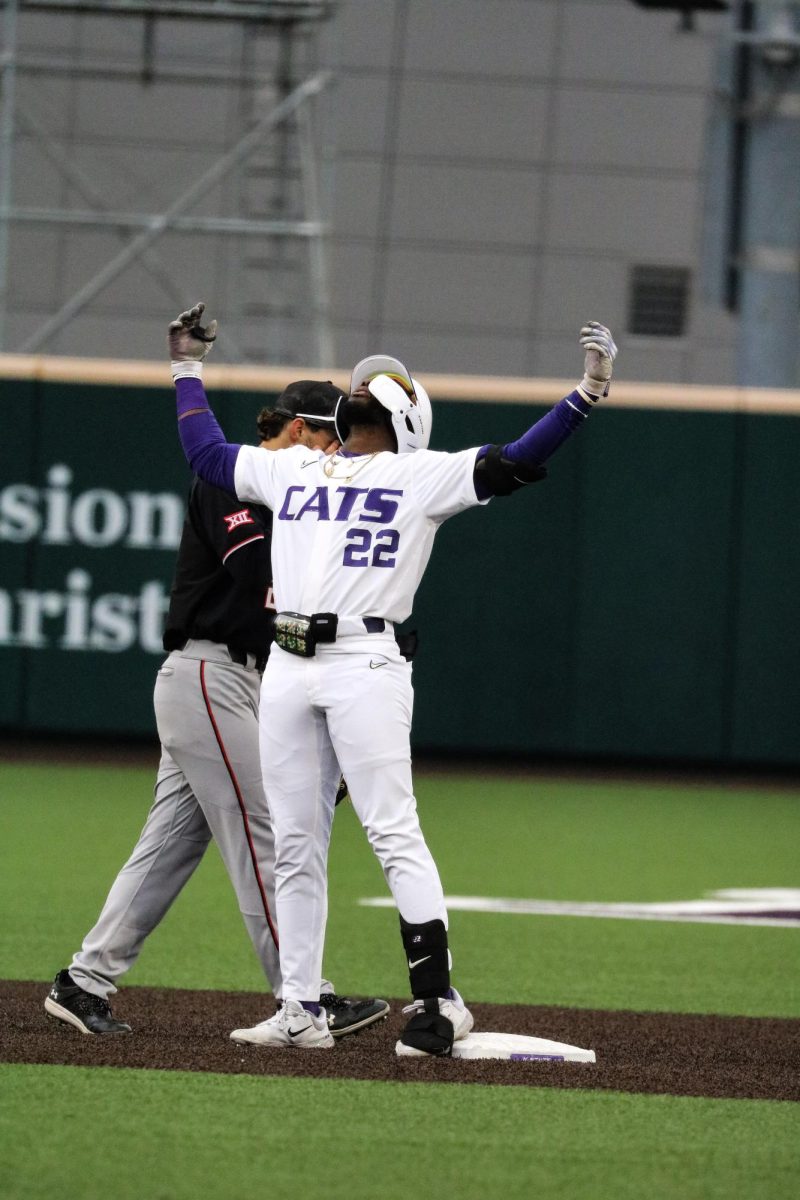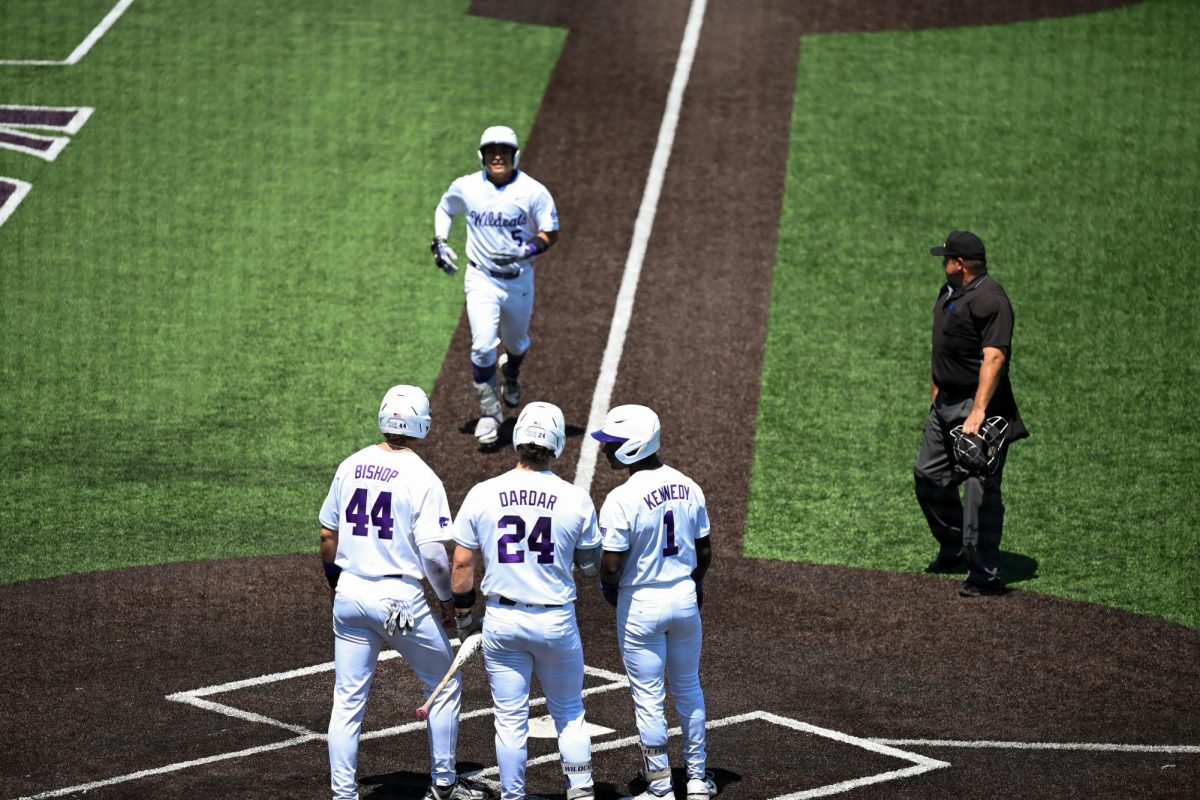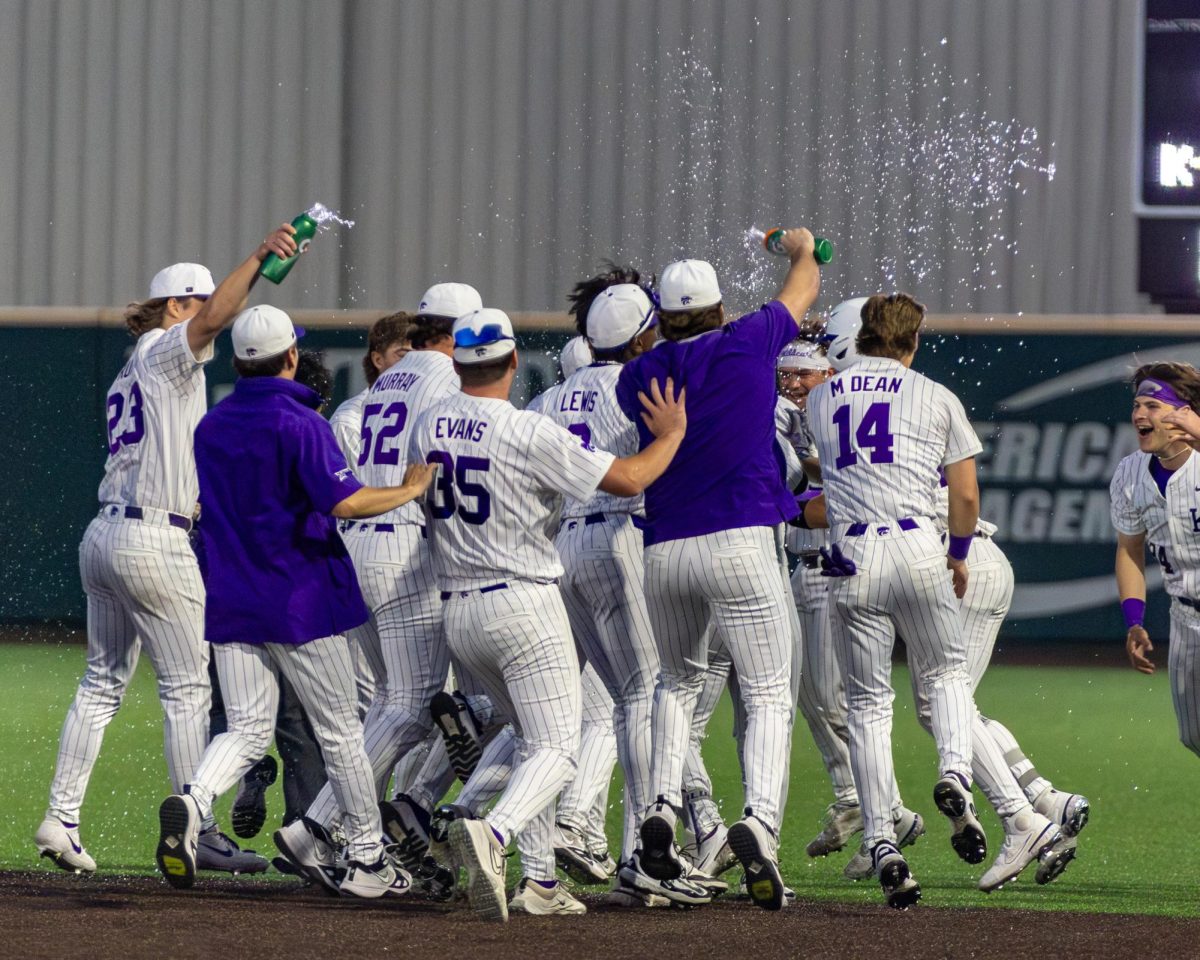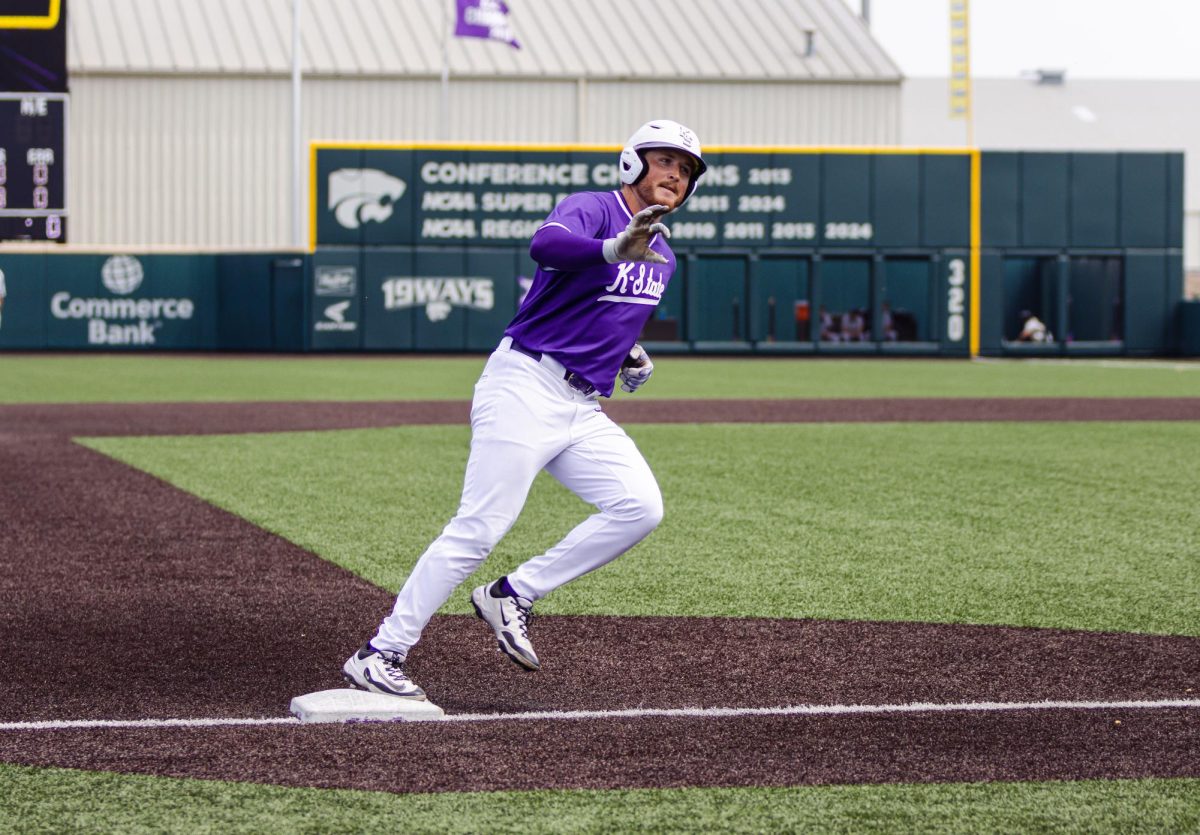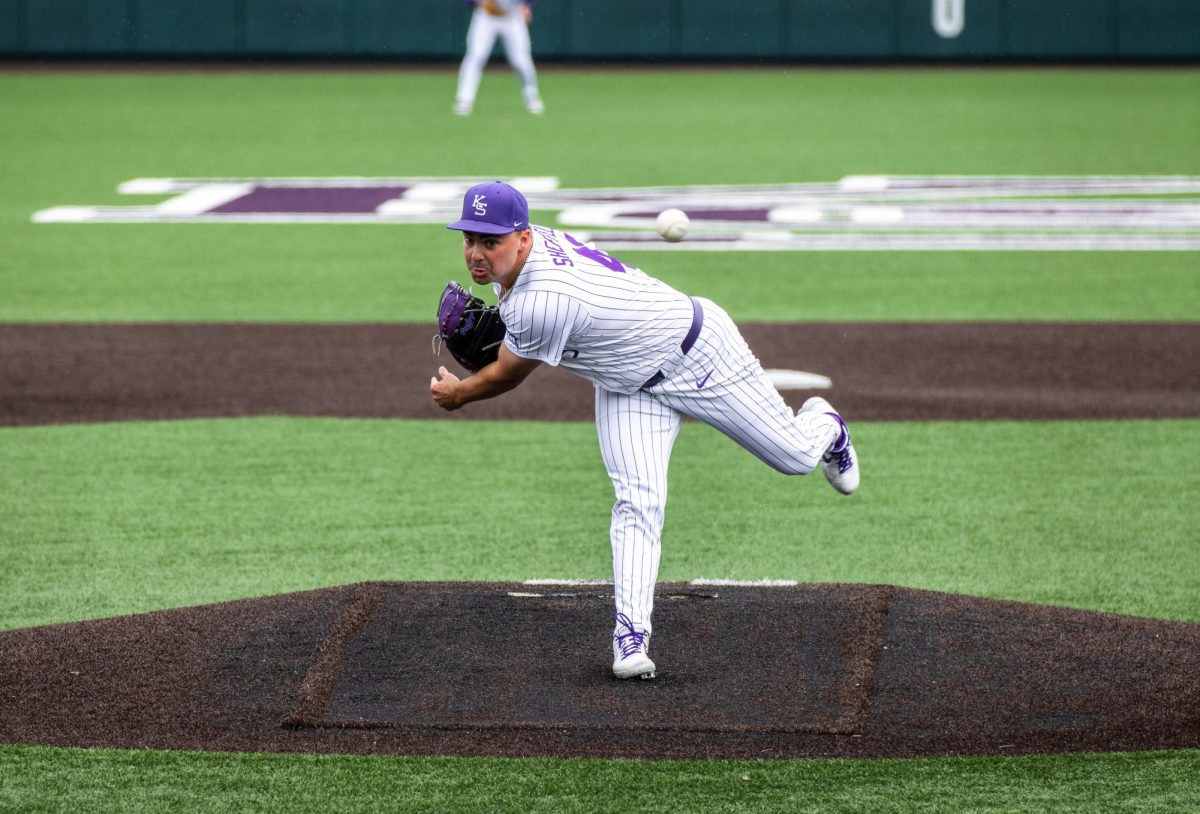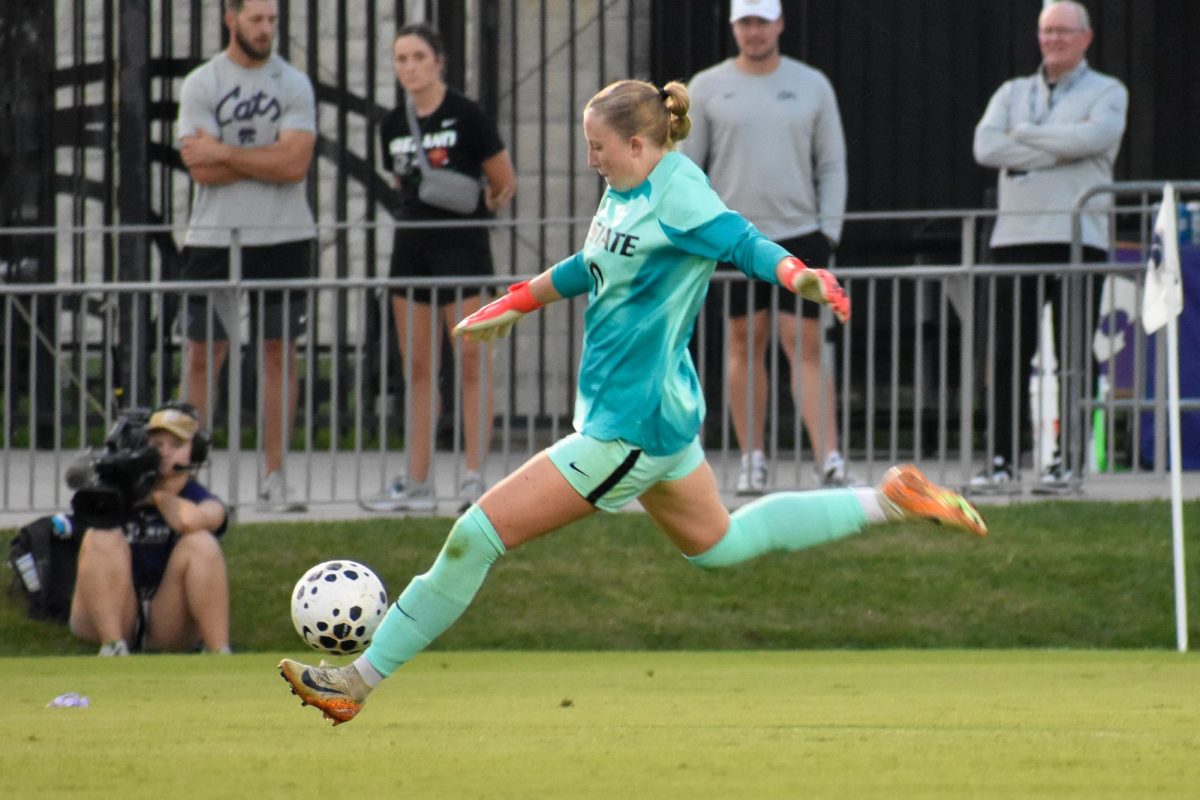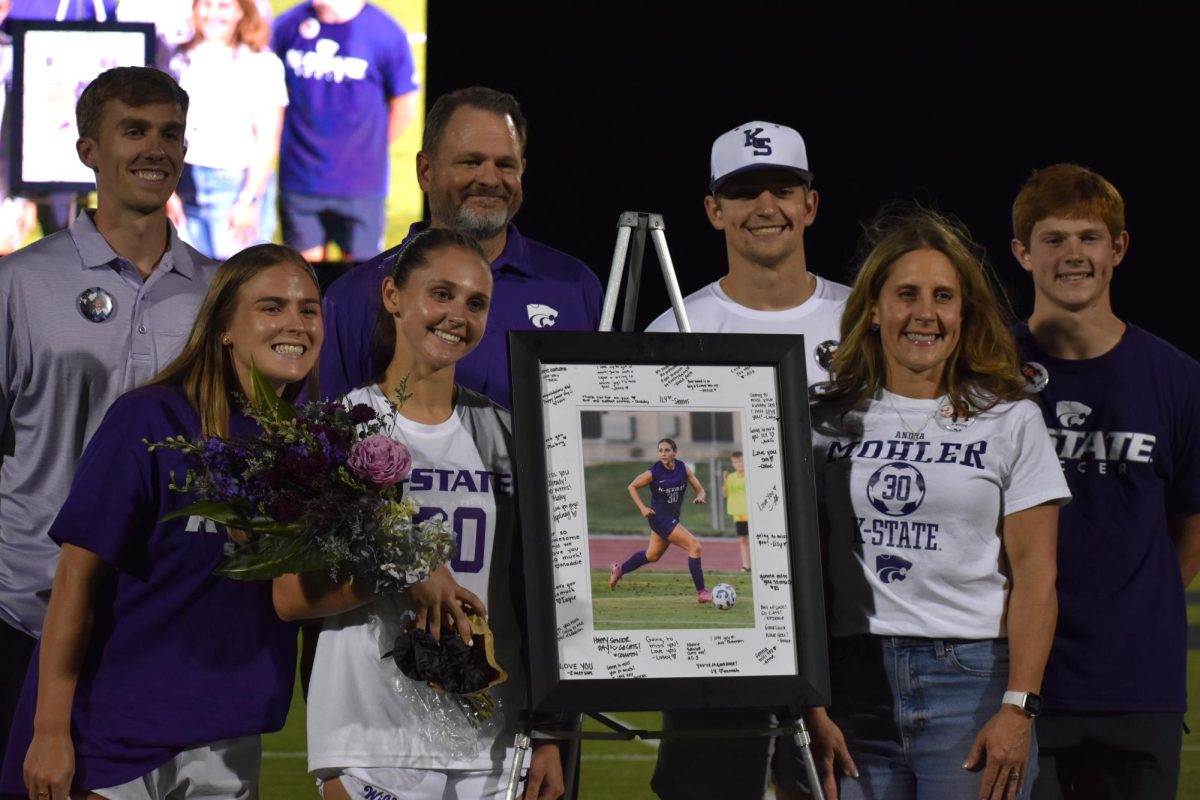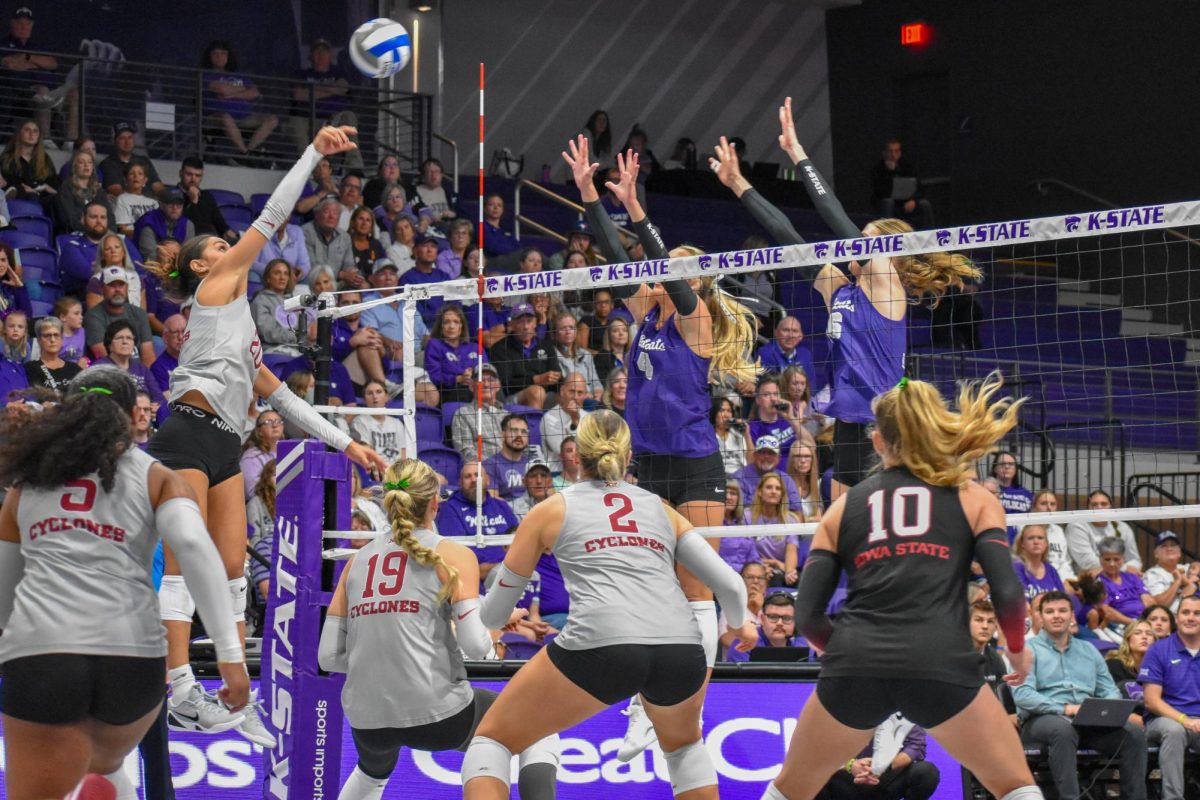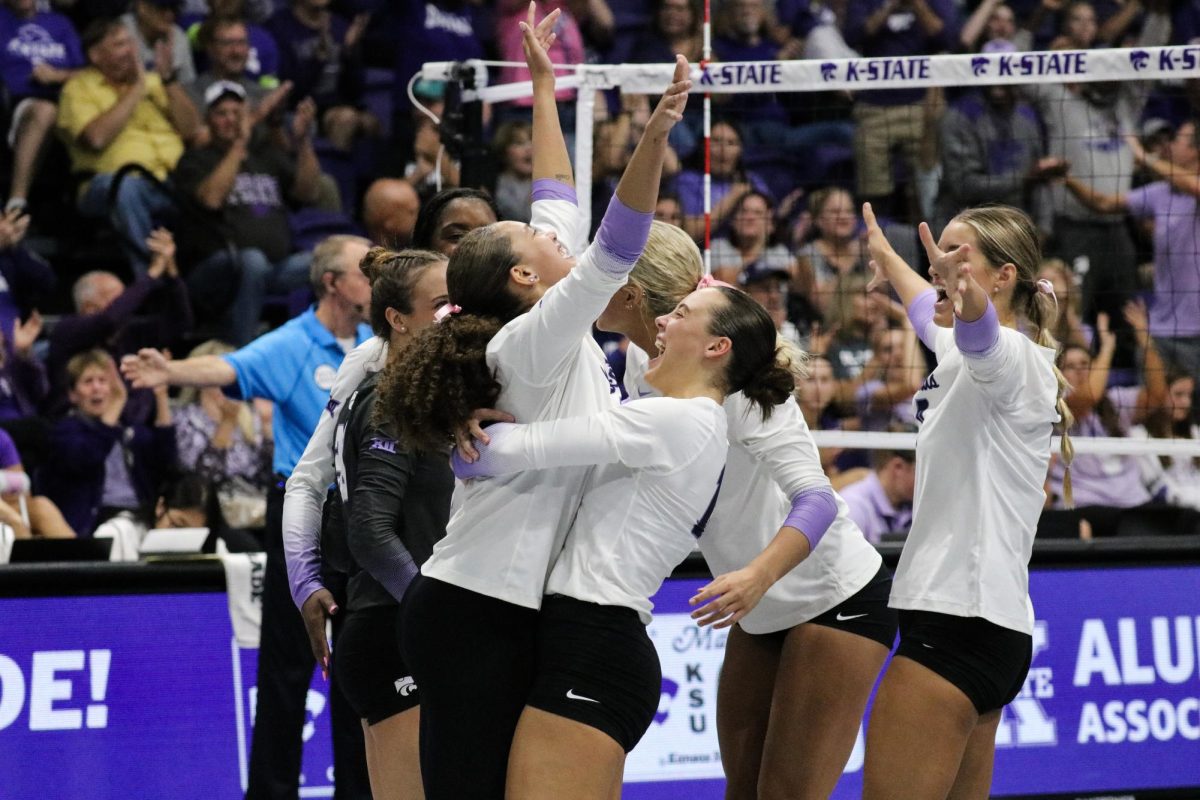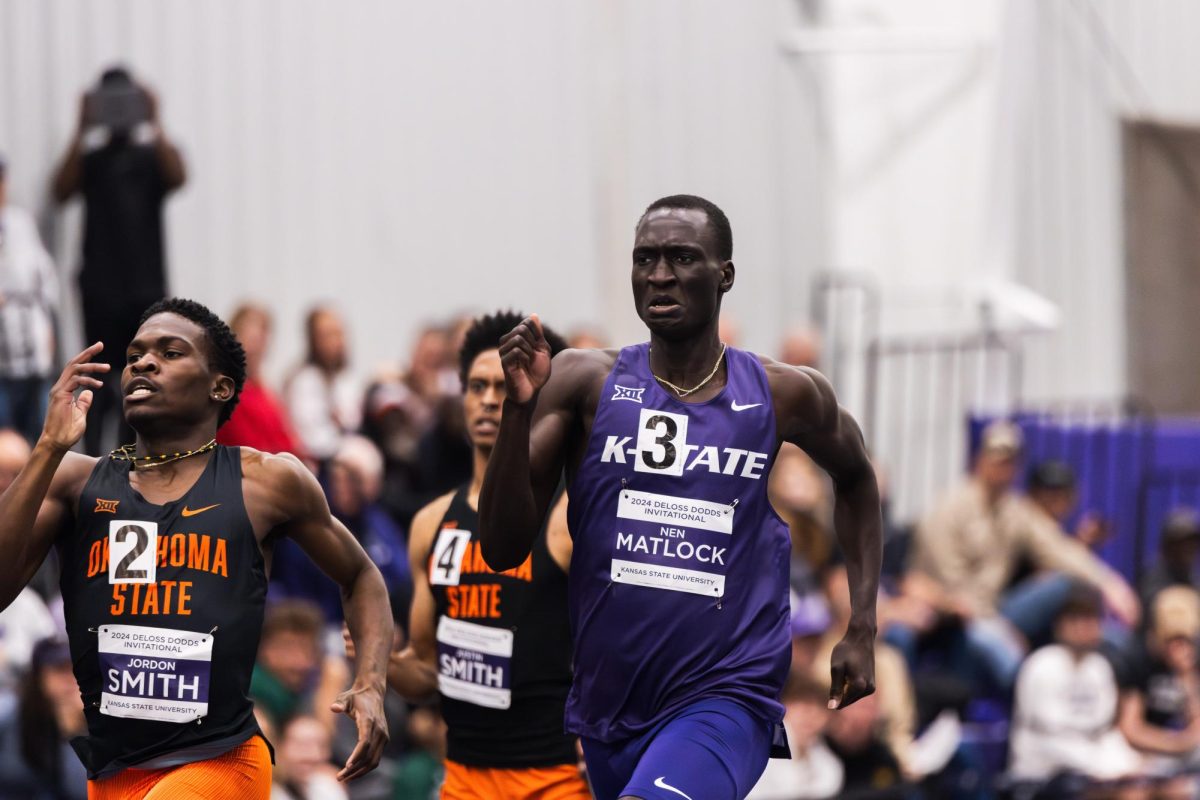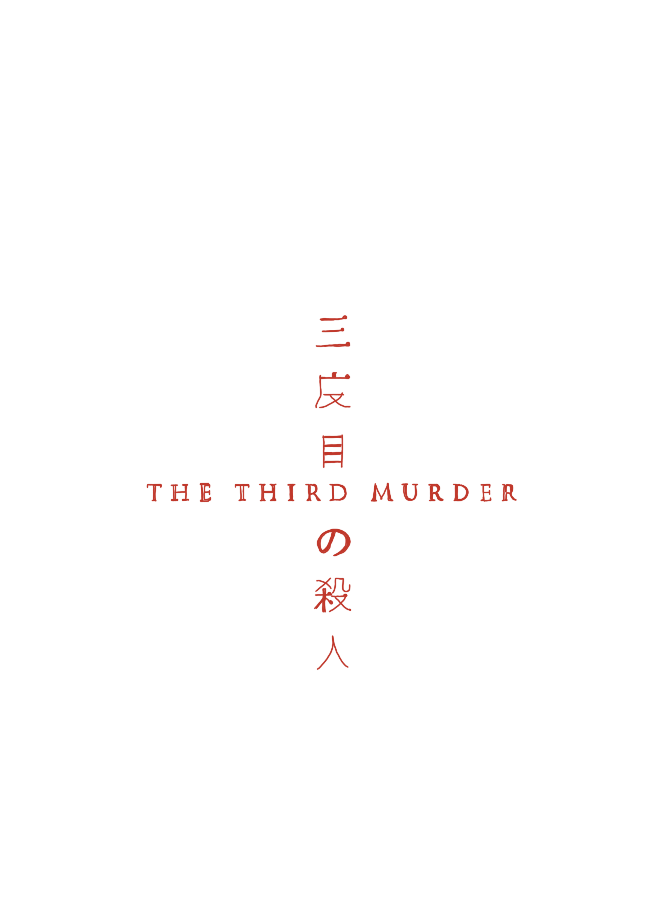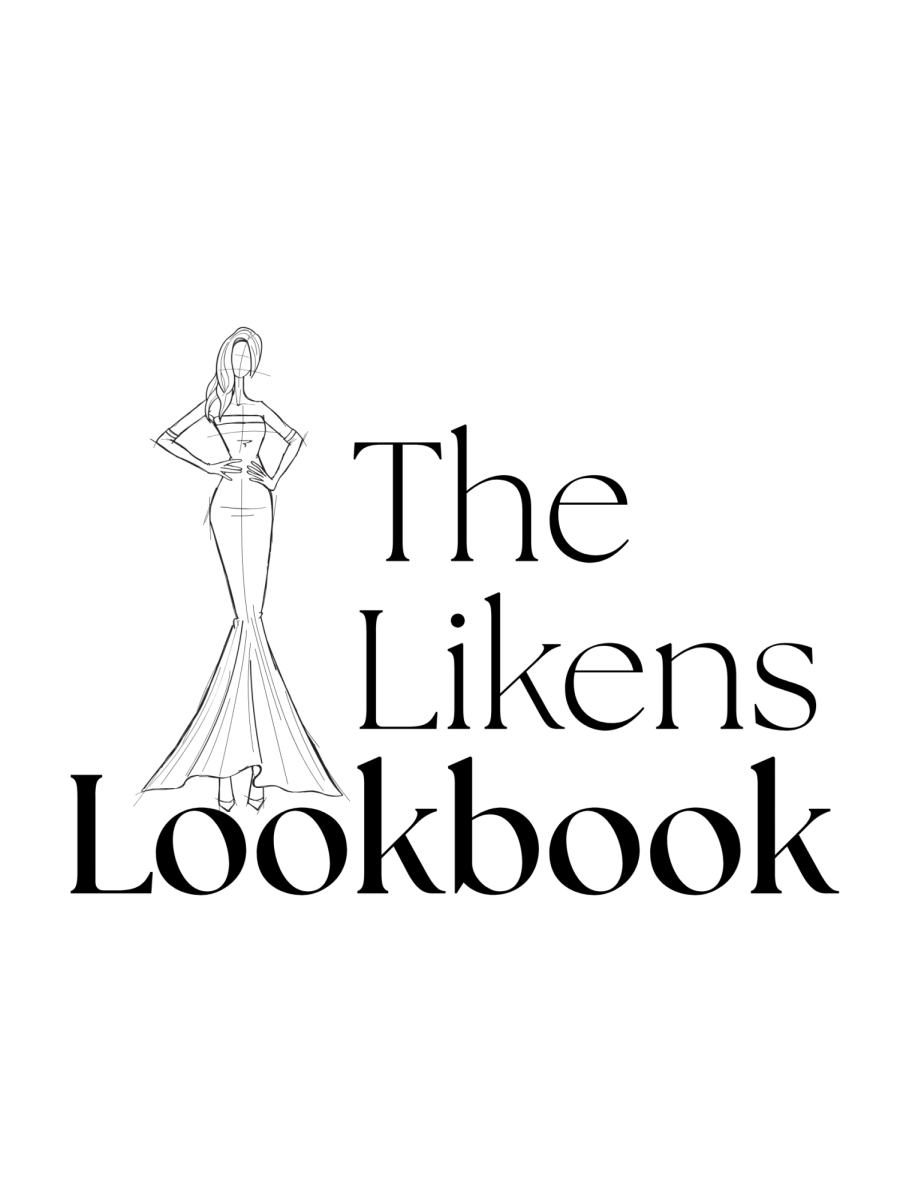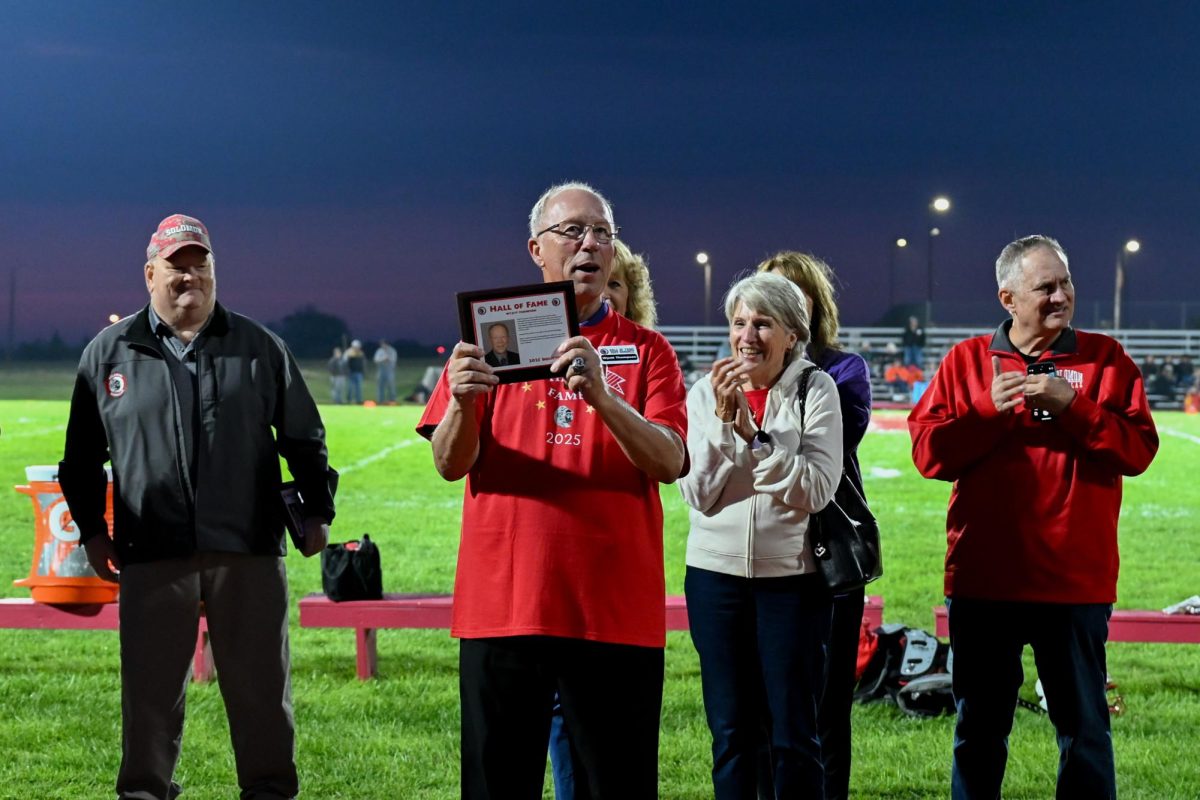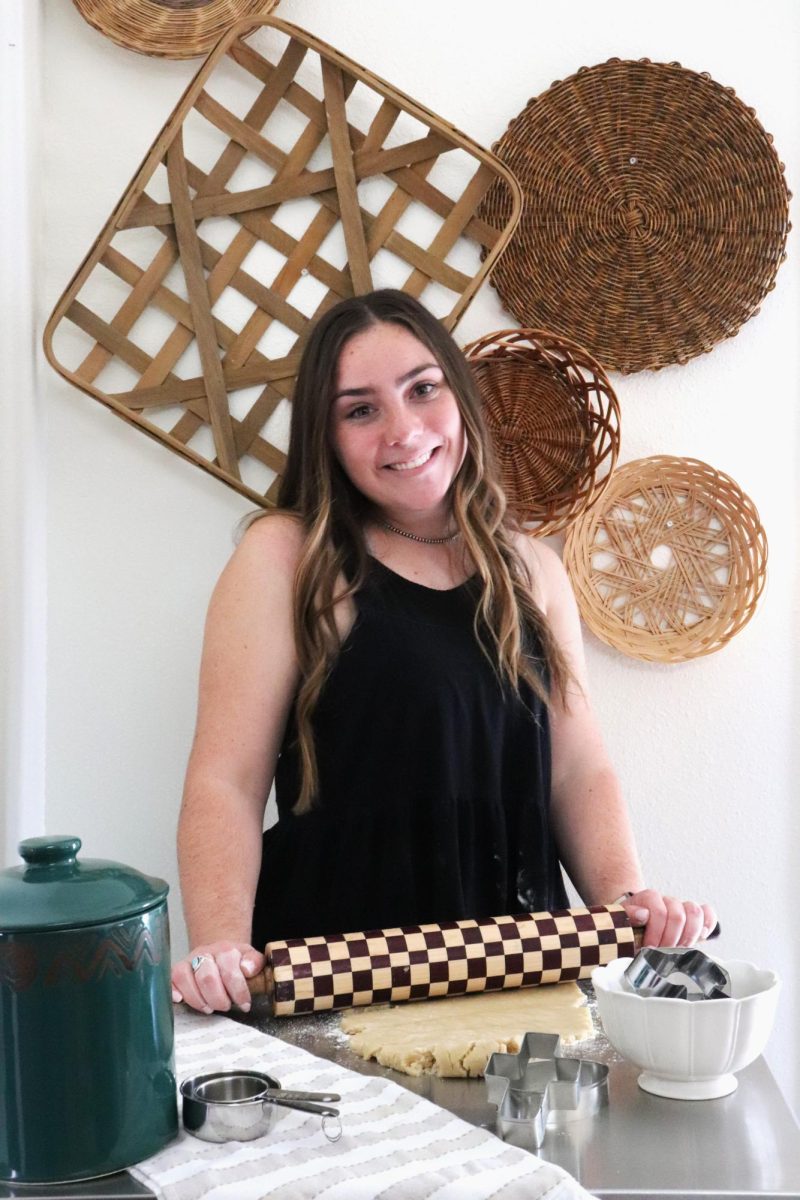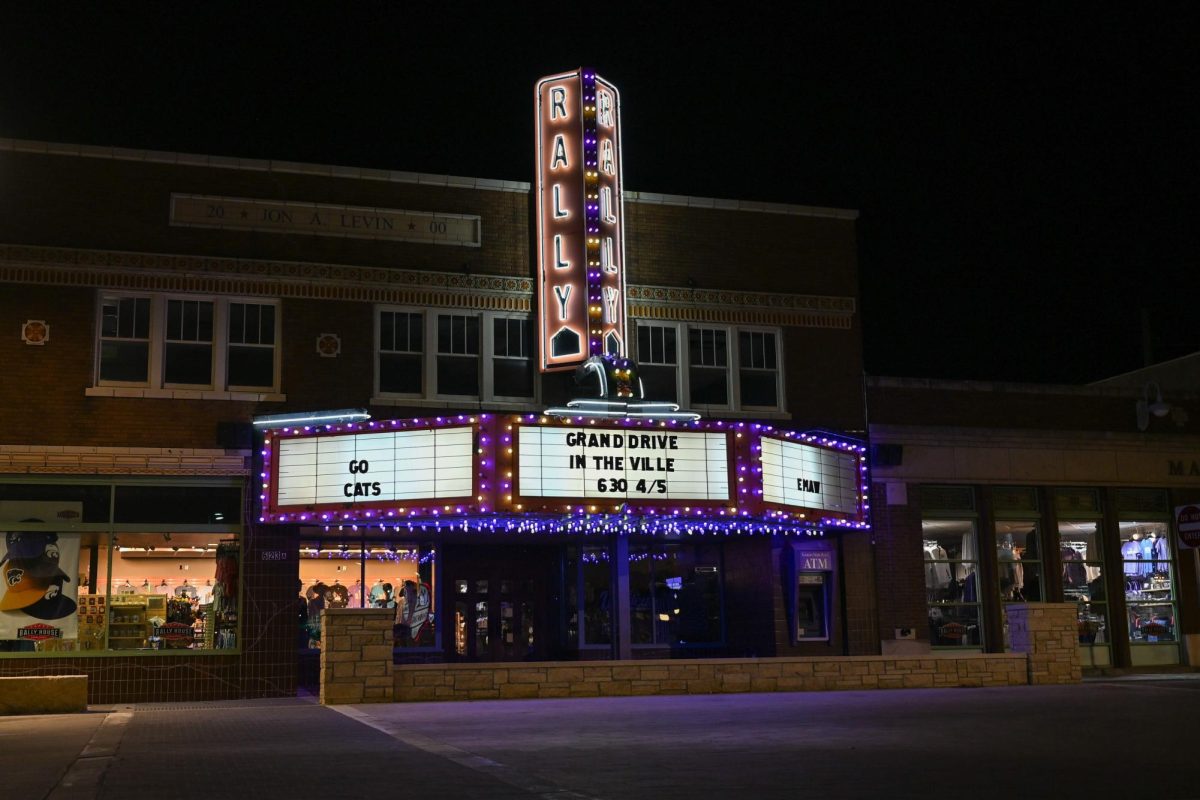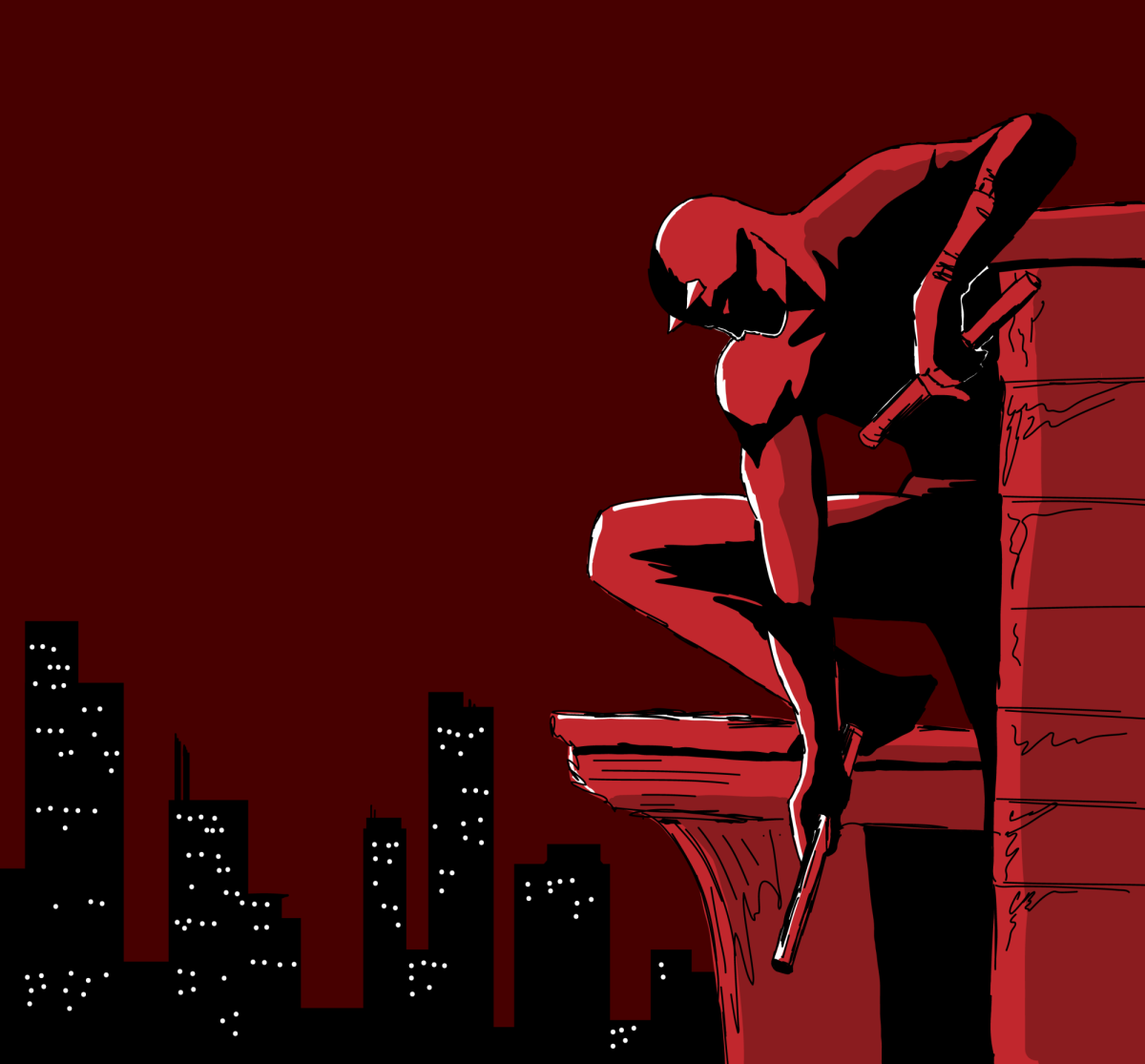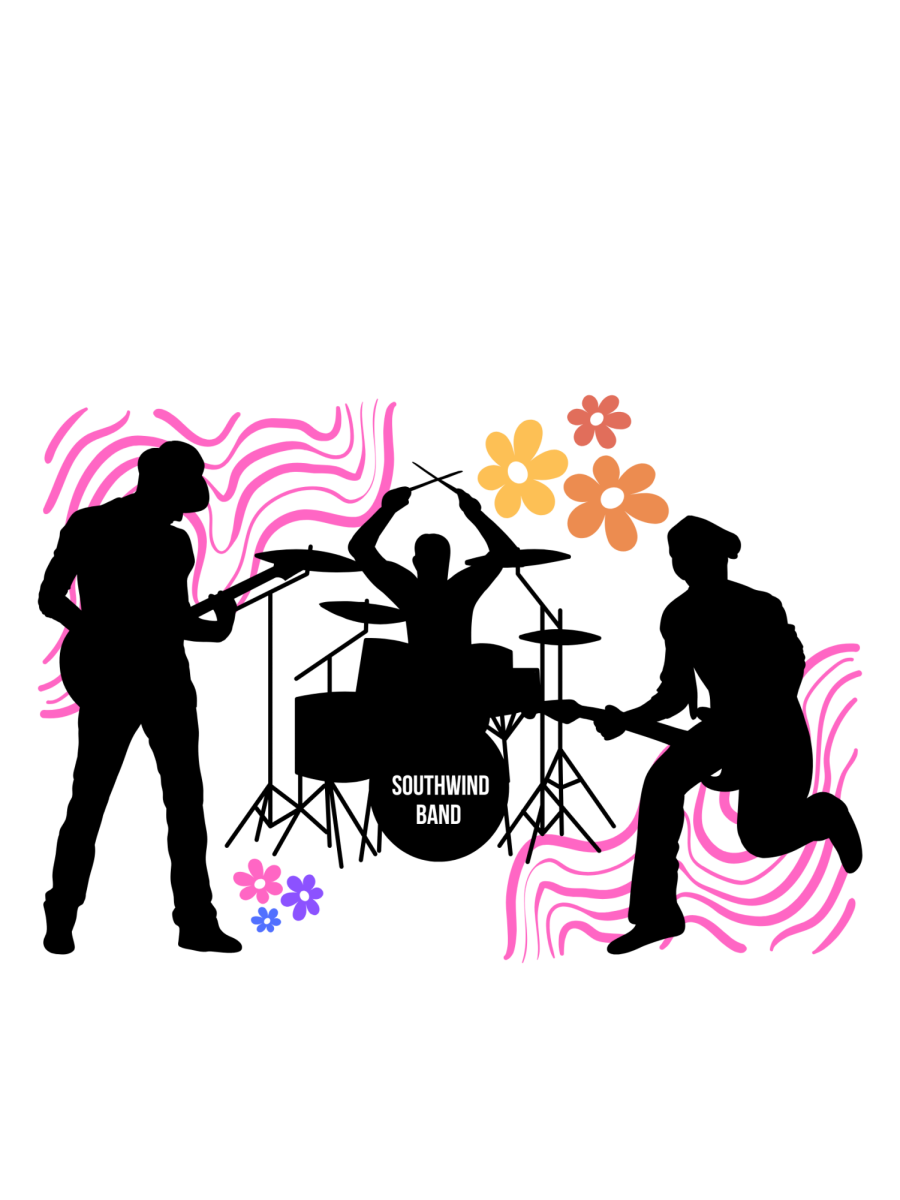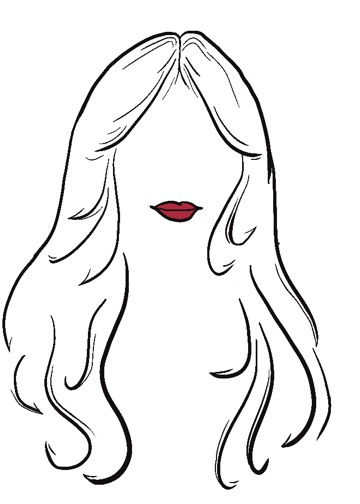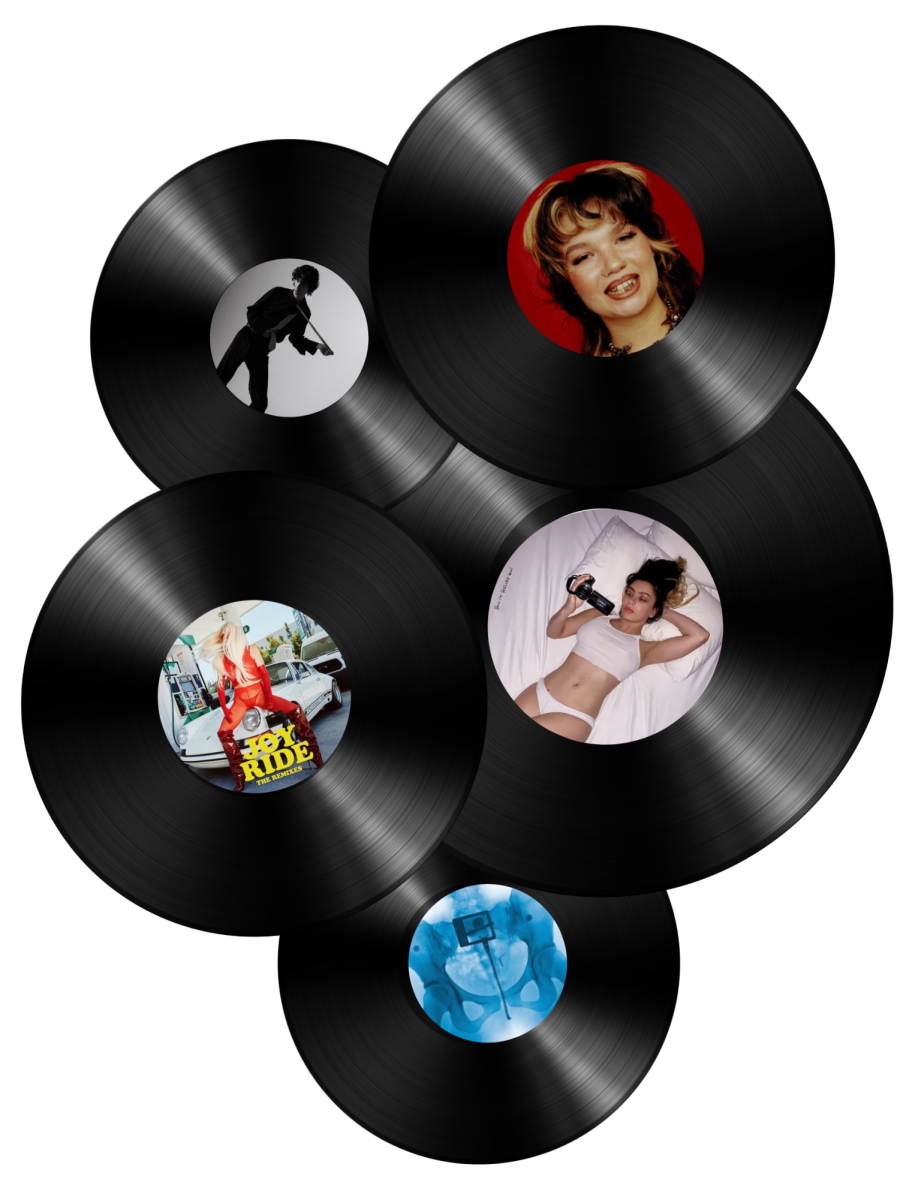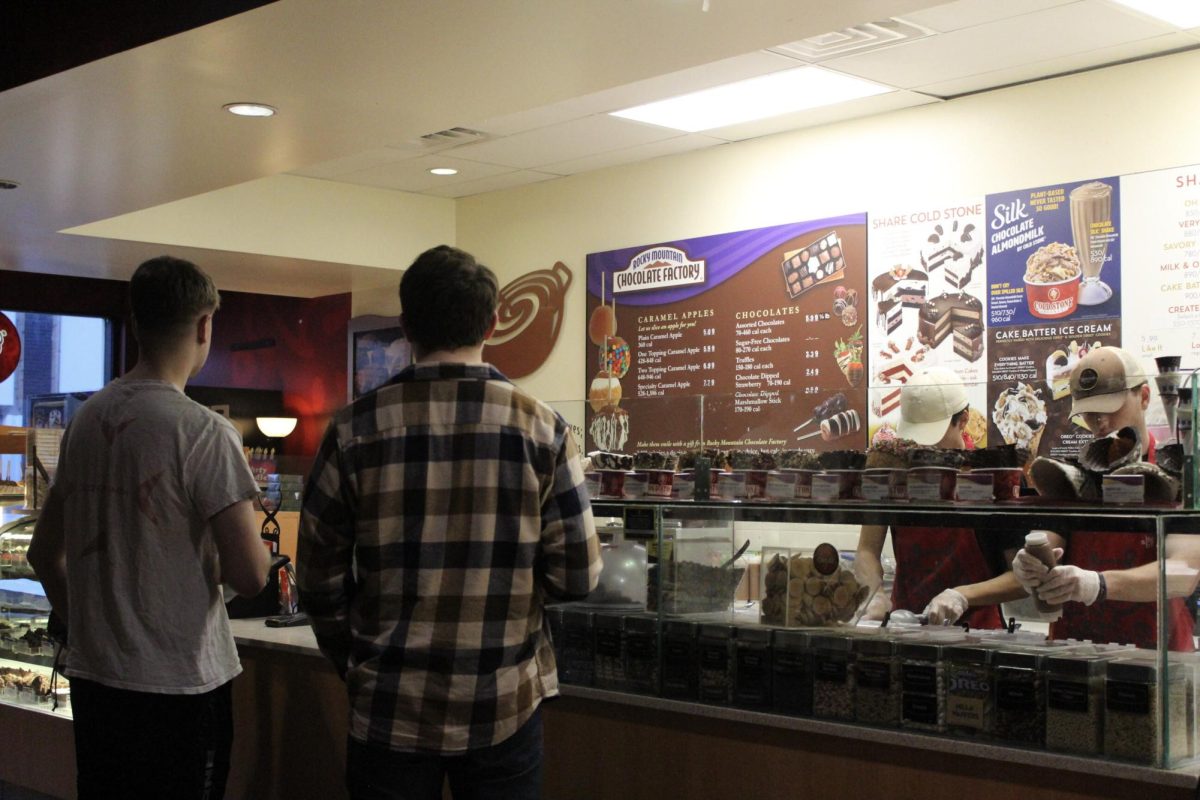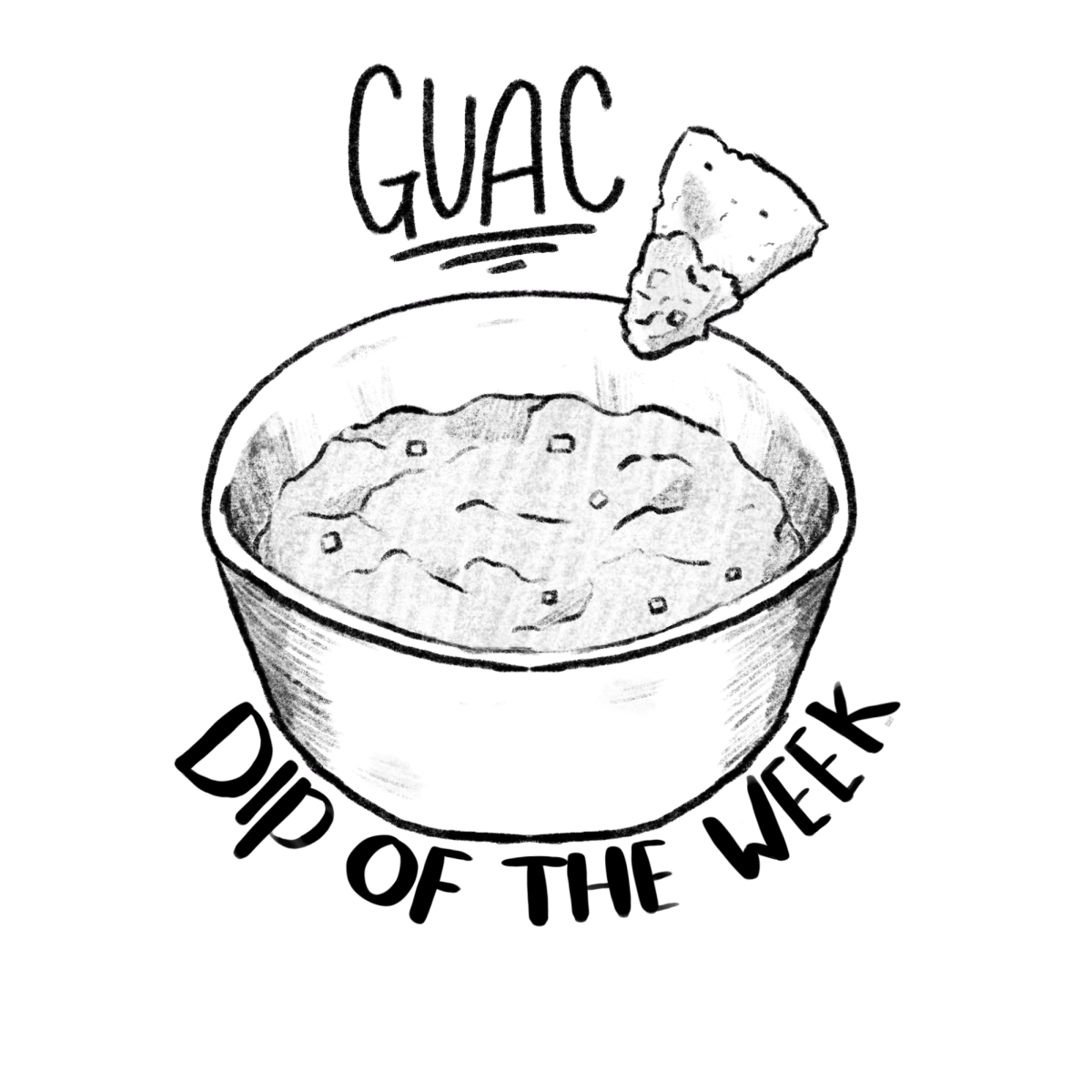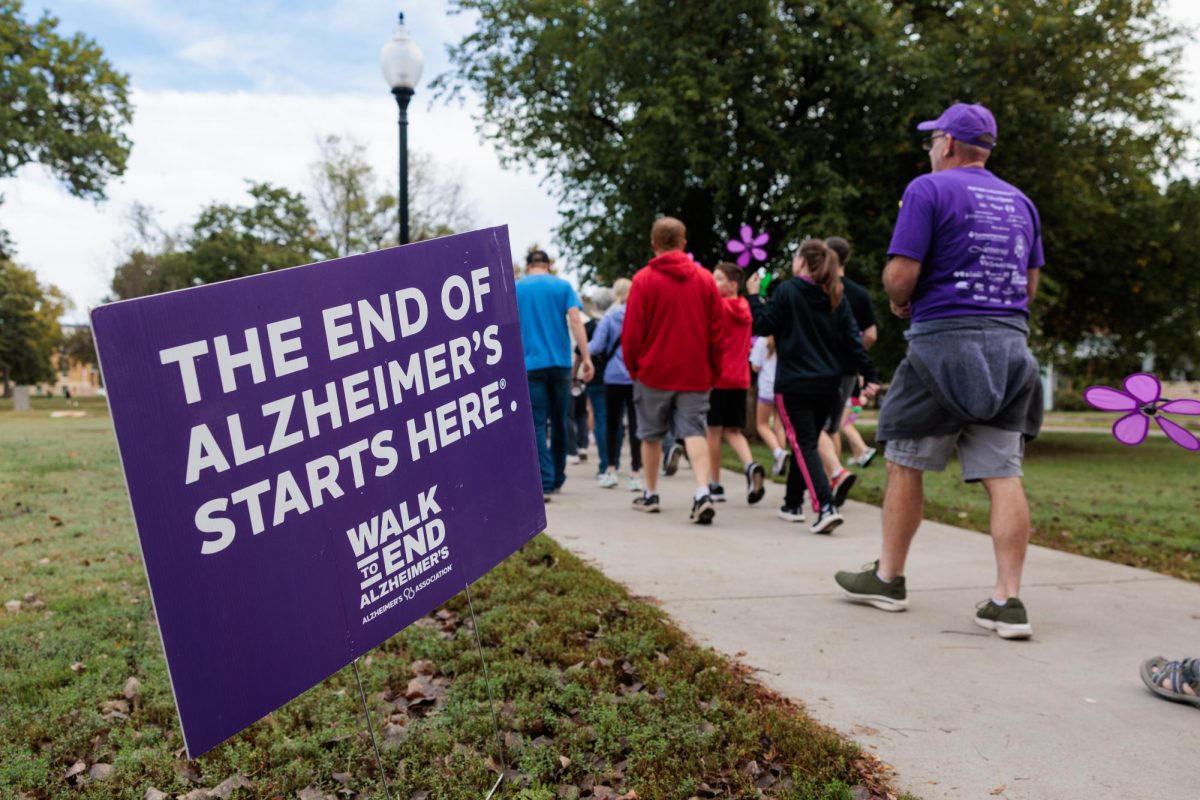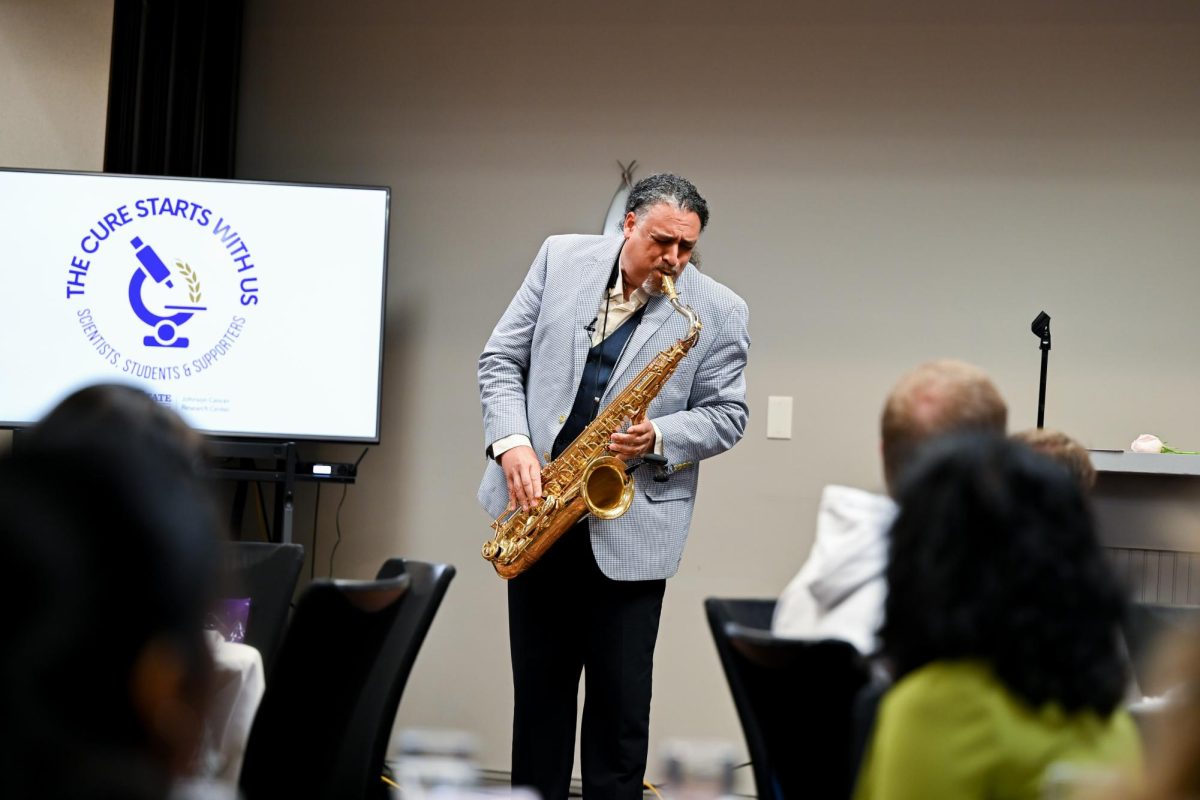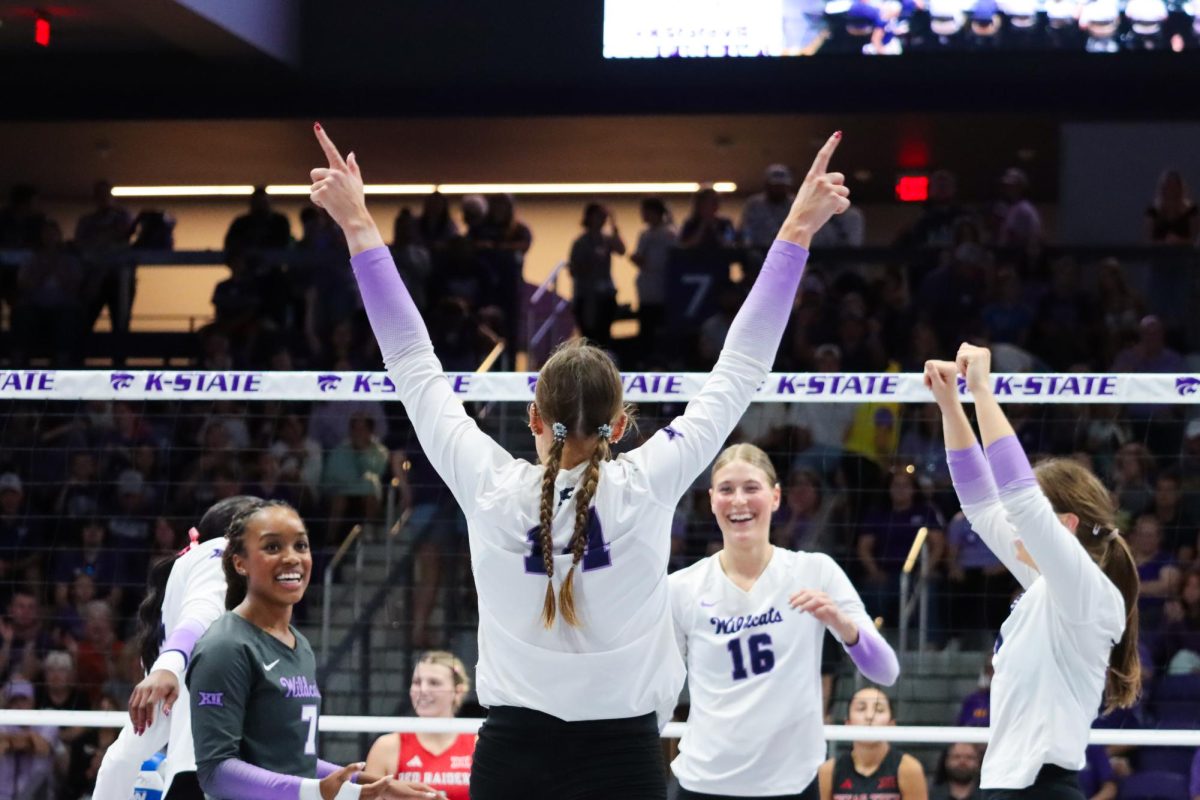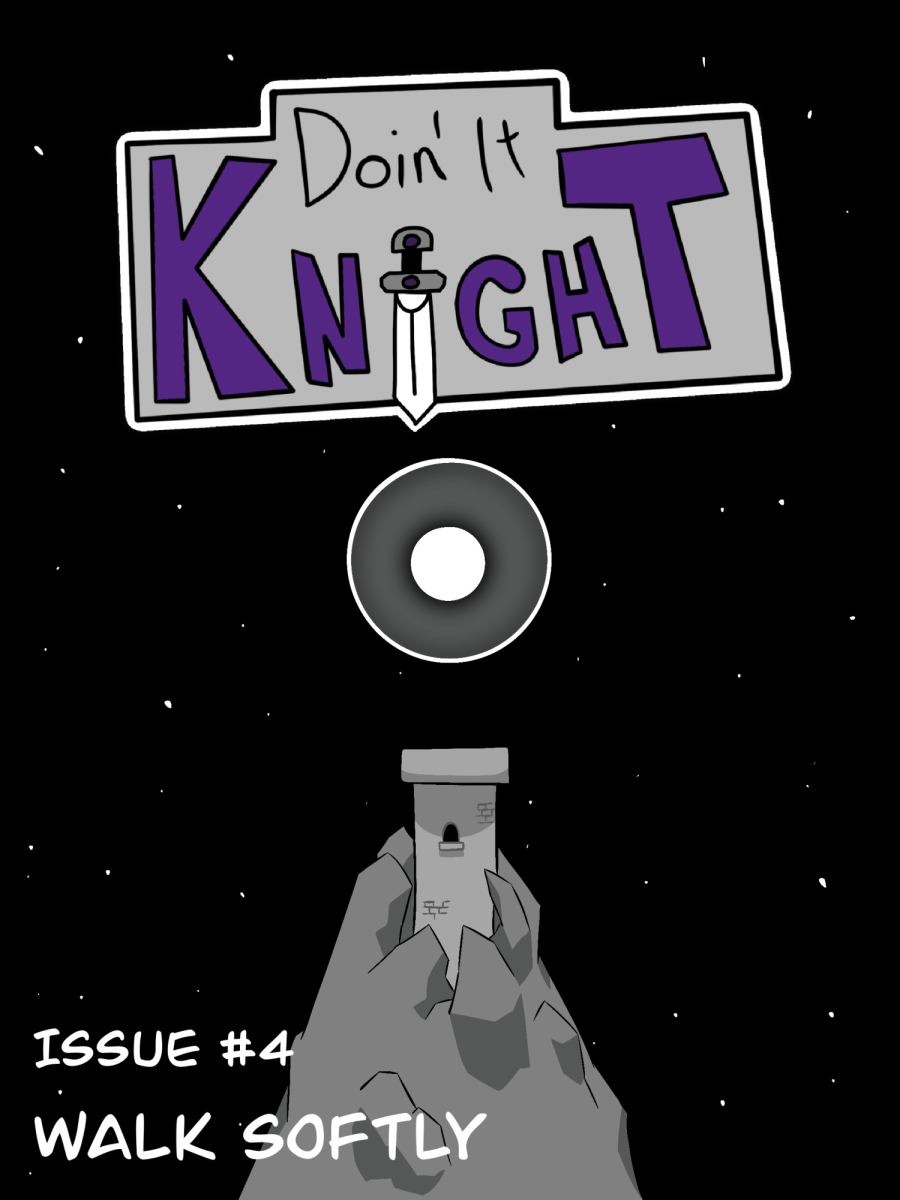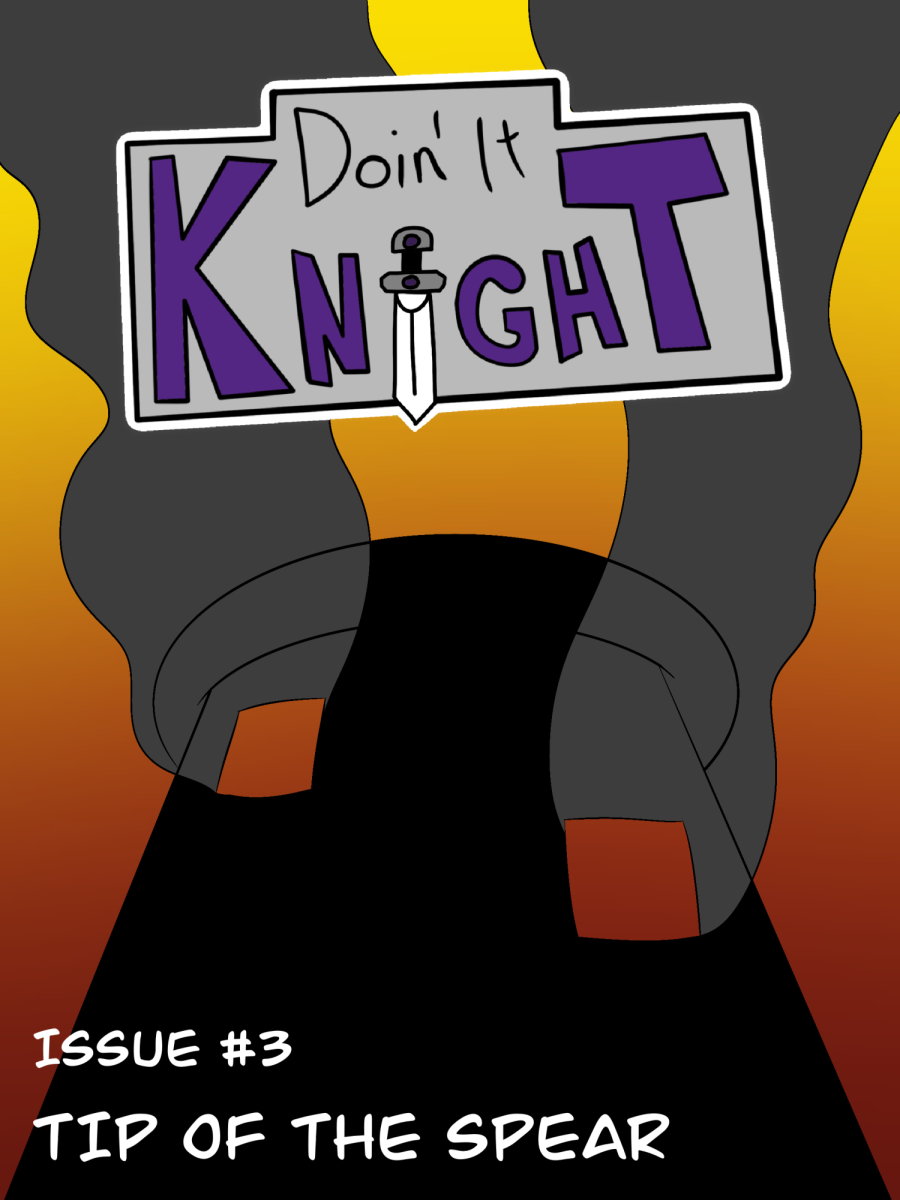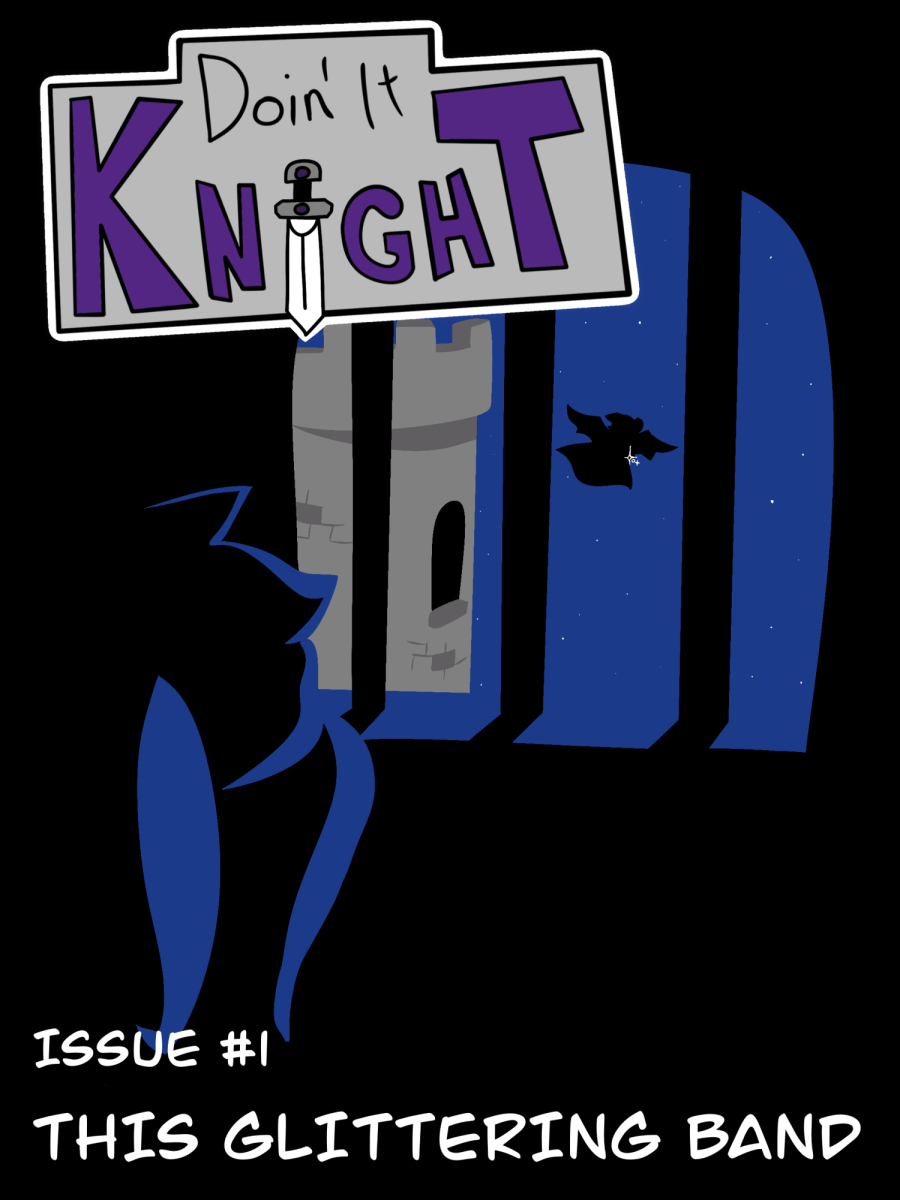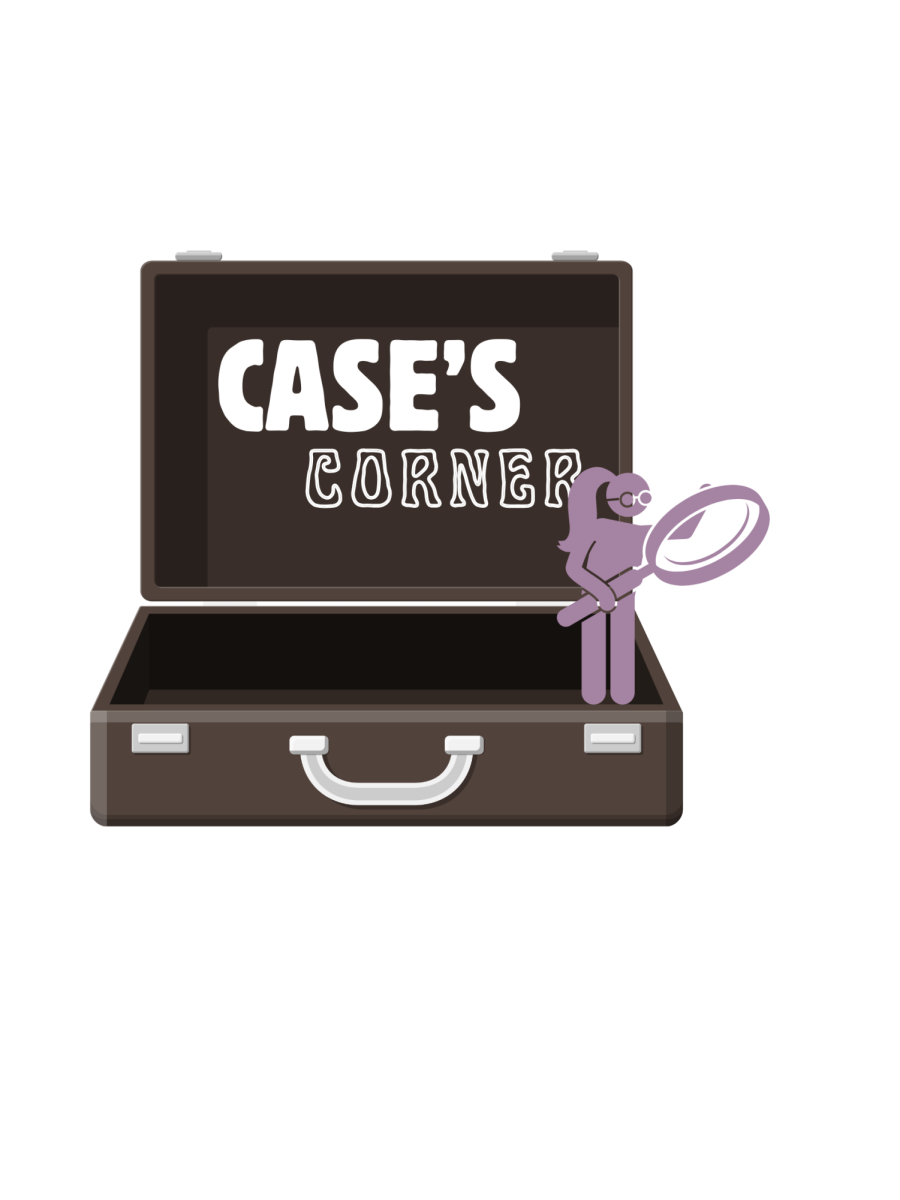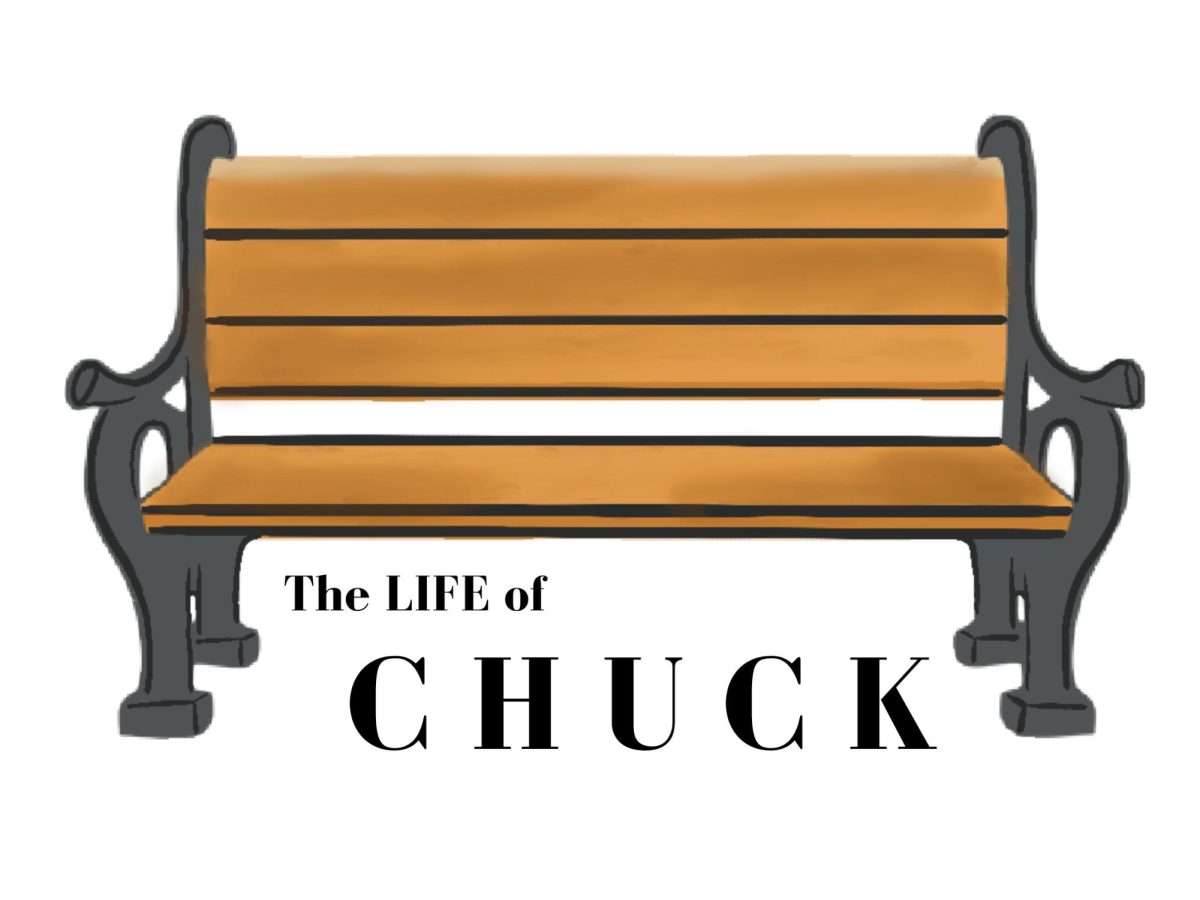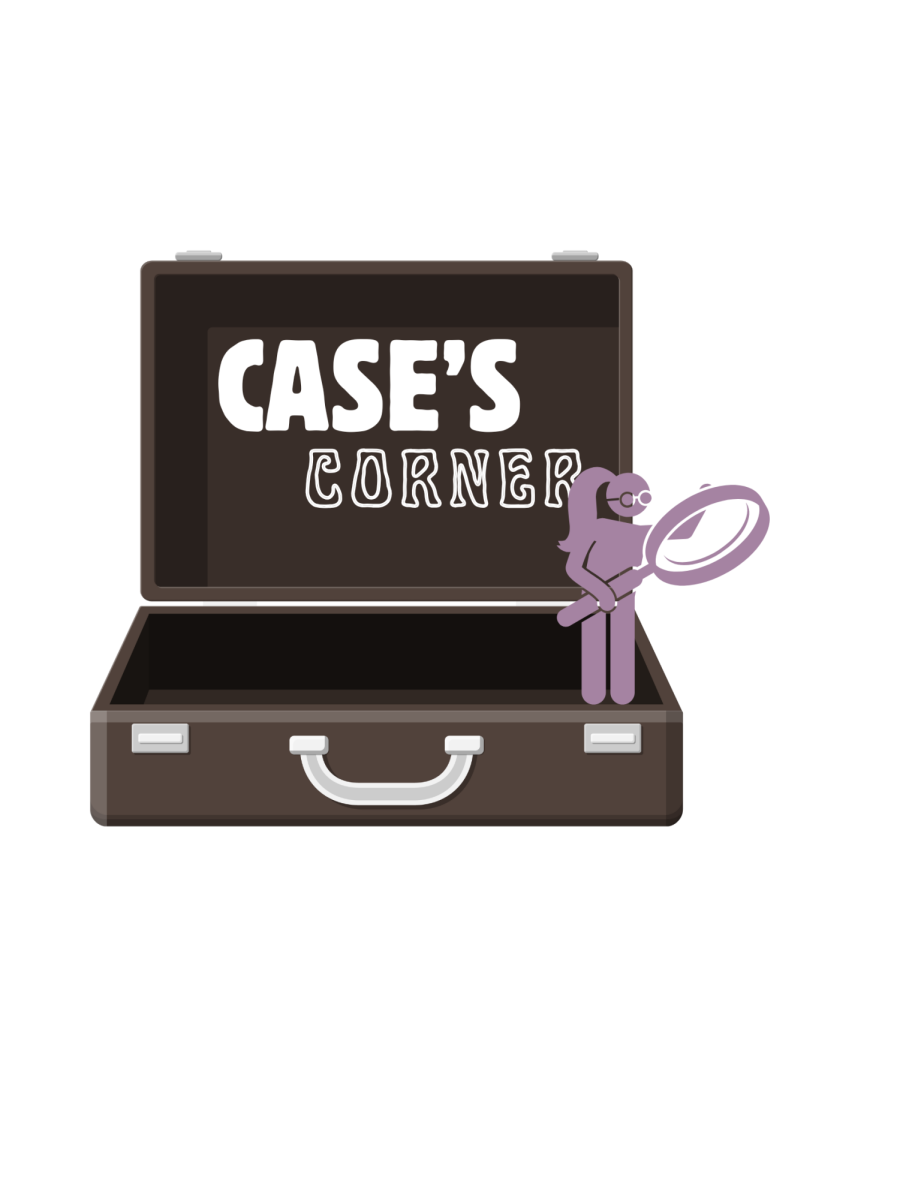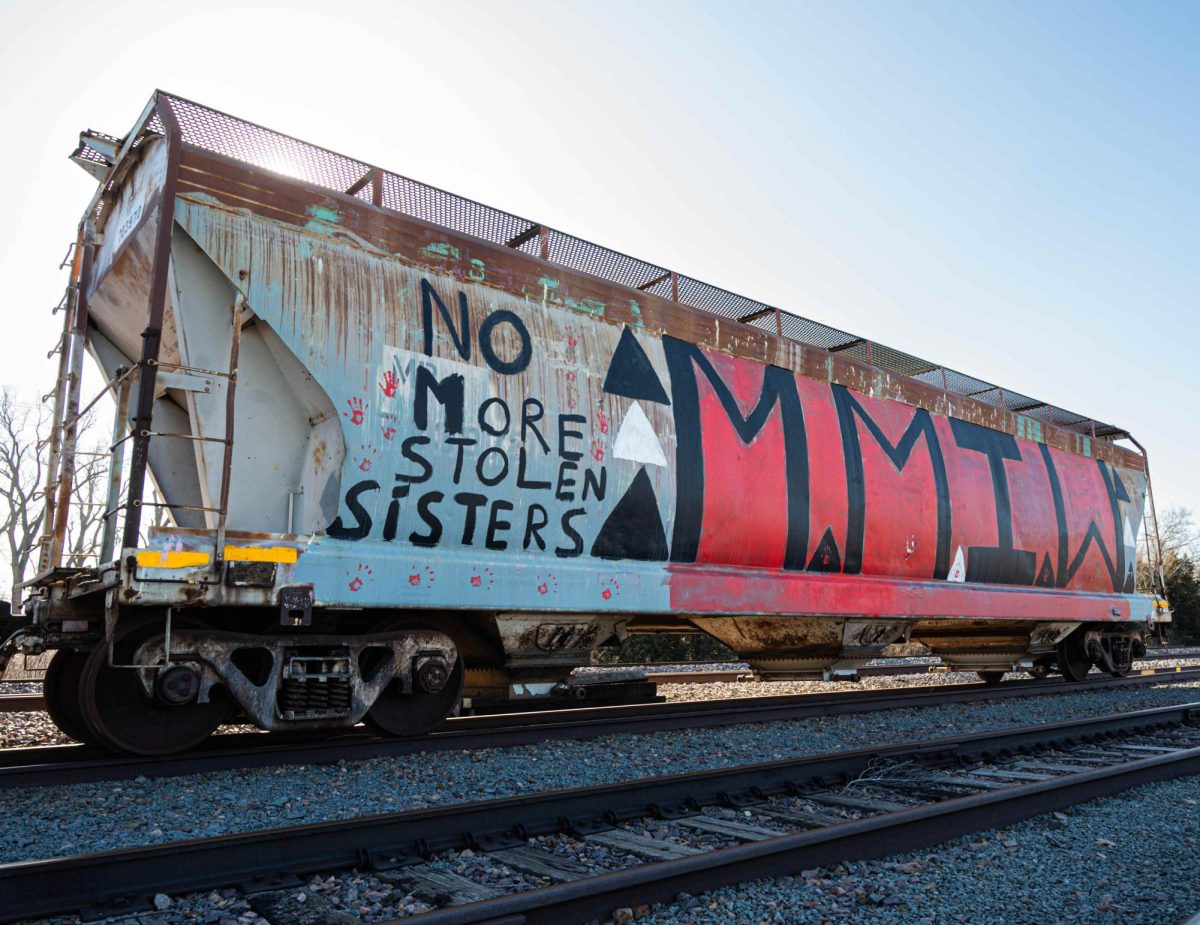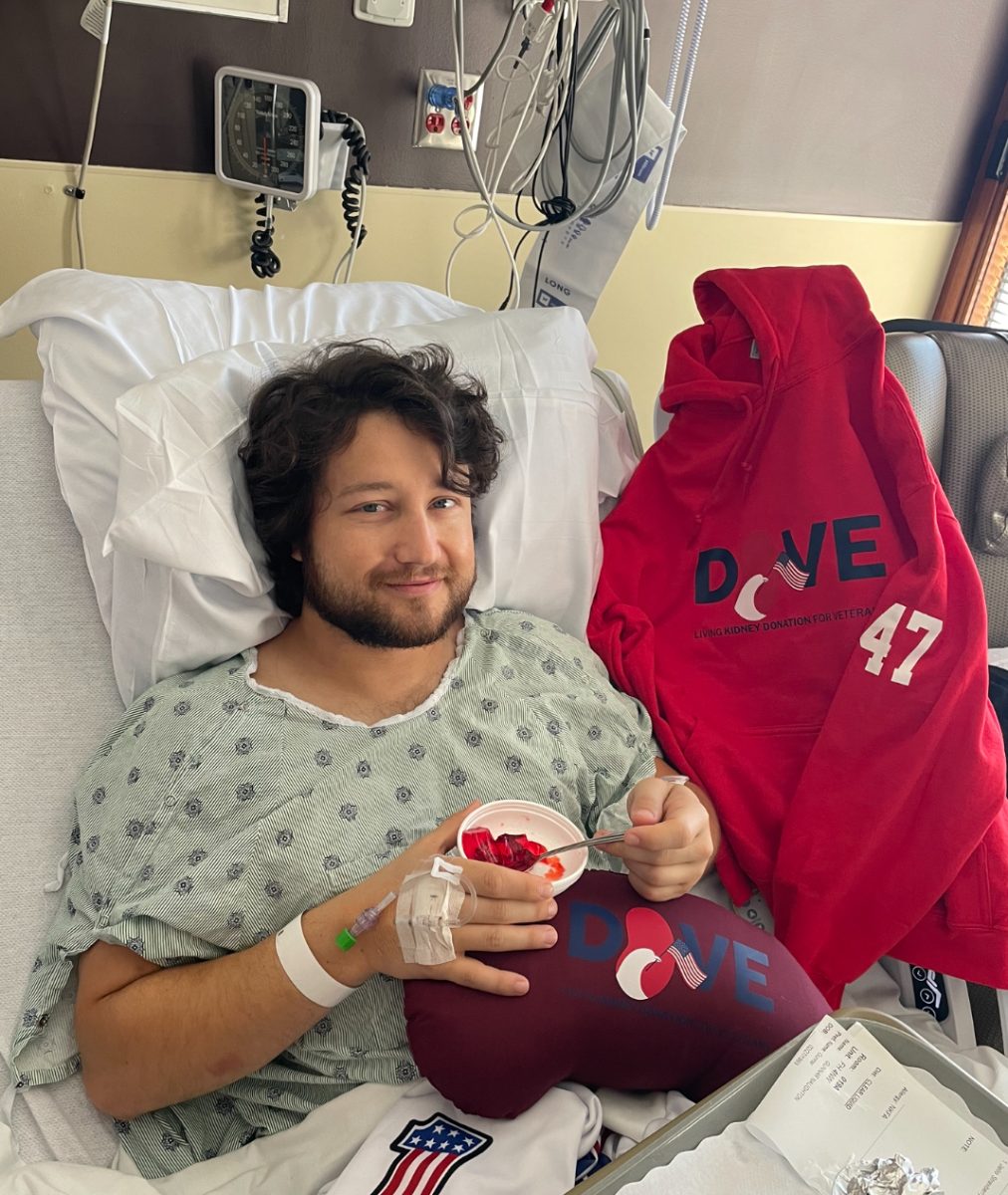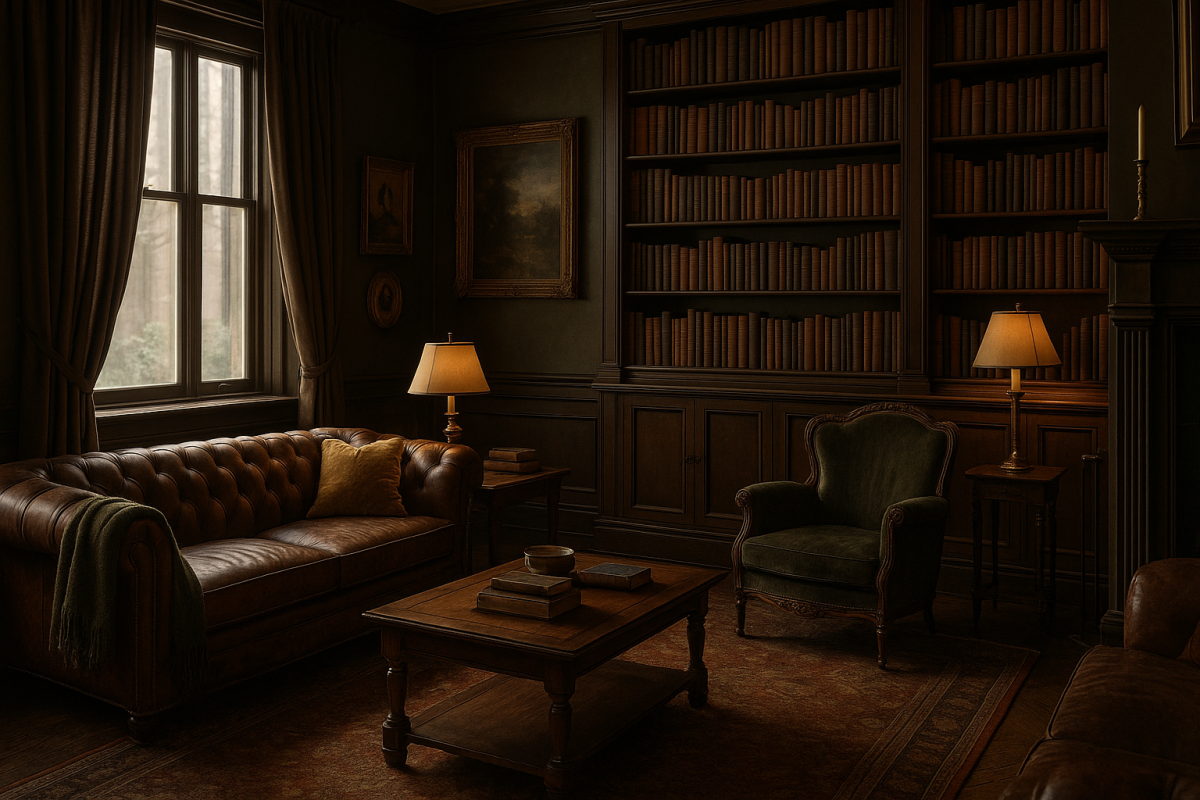The term “cocktail dress” might sound like a marketing label, but it has historical roots tied to social customs from the early 20th century. Today, the phrase is commonly used to describe semi-formal dresses worn to weddings, parties, and upscale events; that said, few stop to consider where the name comes from or why it stuck.
The rise of cocktail dresses coincided with a cultural shift that brought new types of social gatherings into mainstream life. These events needed an outfit that was dressier than daywear but less formal than an evening gown; they needed something elegant, functional, and appropriate for an early evening occasion. Understanding the term’s origin offers insight into how fashion adapts to how people live.
The Social History of the Cocktail Hour
In the 1920s and 1930s, the “cocktail hour” became a popular pre-dinner tradition among the upper and emerging middle classes. These informal gatherings were typically held between 5 and 7 p.m. and revolved around drinks, light conversation, and light refreshments, not full meals or formal programs.
As these events became more frequent and socially significant, attendees needed clothing that struck the right balance. The setting wasn’t casual enough for daytime attire, but didn’t call for full-length evening gowns. The solution was a new dress designed specifically for this in-between moment.
When Designers Responded to the Trend
Fashion designers quickly noticed this emerging social trend and began creating garments that addressed the needs of cocktail hour attendees. These dresses were designed to be elegant enough for upscale events while maintaining comfort and mobility.
Coco Chanel and Christian Dior were among the designers who helped define and popularize this style. Their work shaped a new fashion category prioritizing subtle sophistication over dramatic formality. The result was a silhouette that bridged daywear and evening wear, and it quickly became a staple in women’s wardrobes as cocktail culture grew in popularity.
The Features That Defined a Cocktail Dress
The original cocktail dress was carefully designed to fit its specific social purpose. It was typically knee-length or mid-calf, making it shorter than a full evening gown but more formal than daytime wear. This length allowed for ease of movement while maintaining a polished, appropriate appearance for early evening events.
Fabrics played a key role in setting the tone. Materials like silk, crepe, and chiffon were common, offering a refined look without excessive volume or stiffness. The fit was tailored but not restrictive, often featuring clean lines, modest necklines, and subtle details like pleats, beading, or a slight flare.
Accessories were meant to complement rather than overpower. Small clutches, understated jewelry, and low to mid-height heels completed the outfit. The result was a versatile look that worked in upscale hotel bars, private homes, lounges, and anywhere drinks and socializing took place before dinner.
How the Term Entered Mainstream Fashion
By the 1940s and 1950s, the term “cocktail dress” was widely used in fashion magazines, department store advertisements, and retail displays. As cocktail parties became more common in postwar social life, so did the need for a dress category that matched the tone.
Retailers began offering entire sections labeled “cocktail attire,” catering to women seeking looks for after-work gatherings, weekend parties, and semi-formal celebrations. The term wasn’t just used in elite circles; it became part of everyday fashion vocabulary.
As fashion became more accessible to the general public, the cocktail dress transitioned from a niche trend to a standard offering. It represented sophistication without excess, and that made it widely appealing.
Modern Use: Has the Meaning Changed?
Today, the cocktail dress is still a go-to choice for weddings, parties, and events where “semi-formal” is the expectation. While styles have evolved to include new fabrics, cuts, and colors, the purpose remains the same: to provide a middle ground between casual and formal wear.
The term’s meaning has expanded, but the core idea (dressing up without going full black-tie) still applies. Modern cocktail dresses may be more body-conscious or fashion-forward, but the intent behind them hasn’t shifted much.
The phrase continues to be used because it describes more than a piece of clothing. It signals an occasion, a level of effort, and a social function, just as it did nearly a century ago.
A Name That Reflects a Moment in Time
The term “cocktail dress” originated from a specific moment in social history when new types of gatherings created a need for attire that was stylish but not overly formal. Designers responded, and the name stuck.
Even as trends evolve, the cocktail dress continues to serve its original purpose of offering a refined option for in-between occasions. Its name reflects a garment and a lasting shift in how people socialize and dress for the evening.



